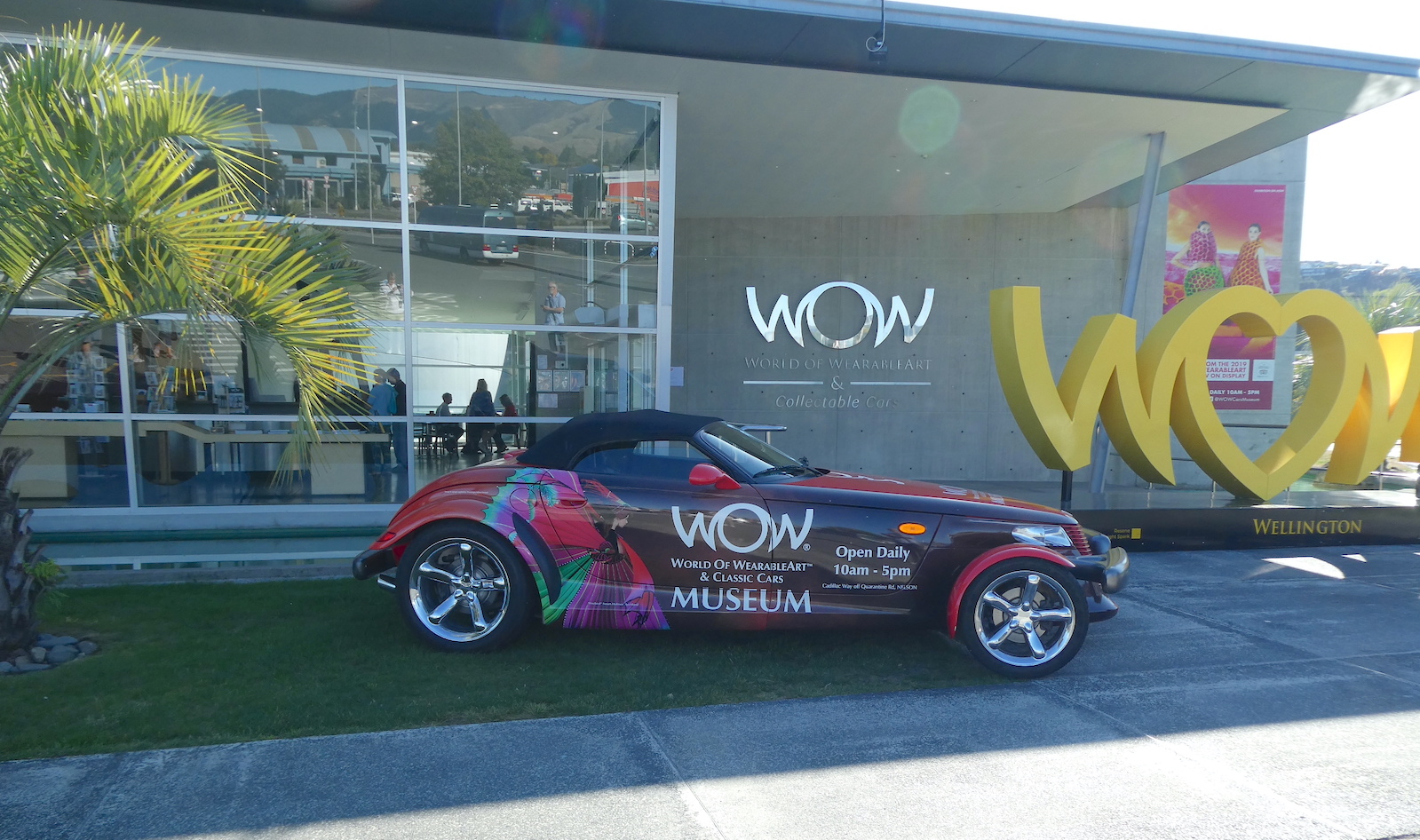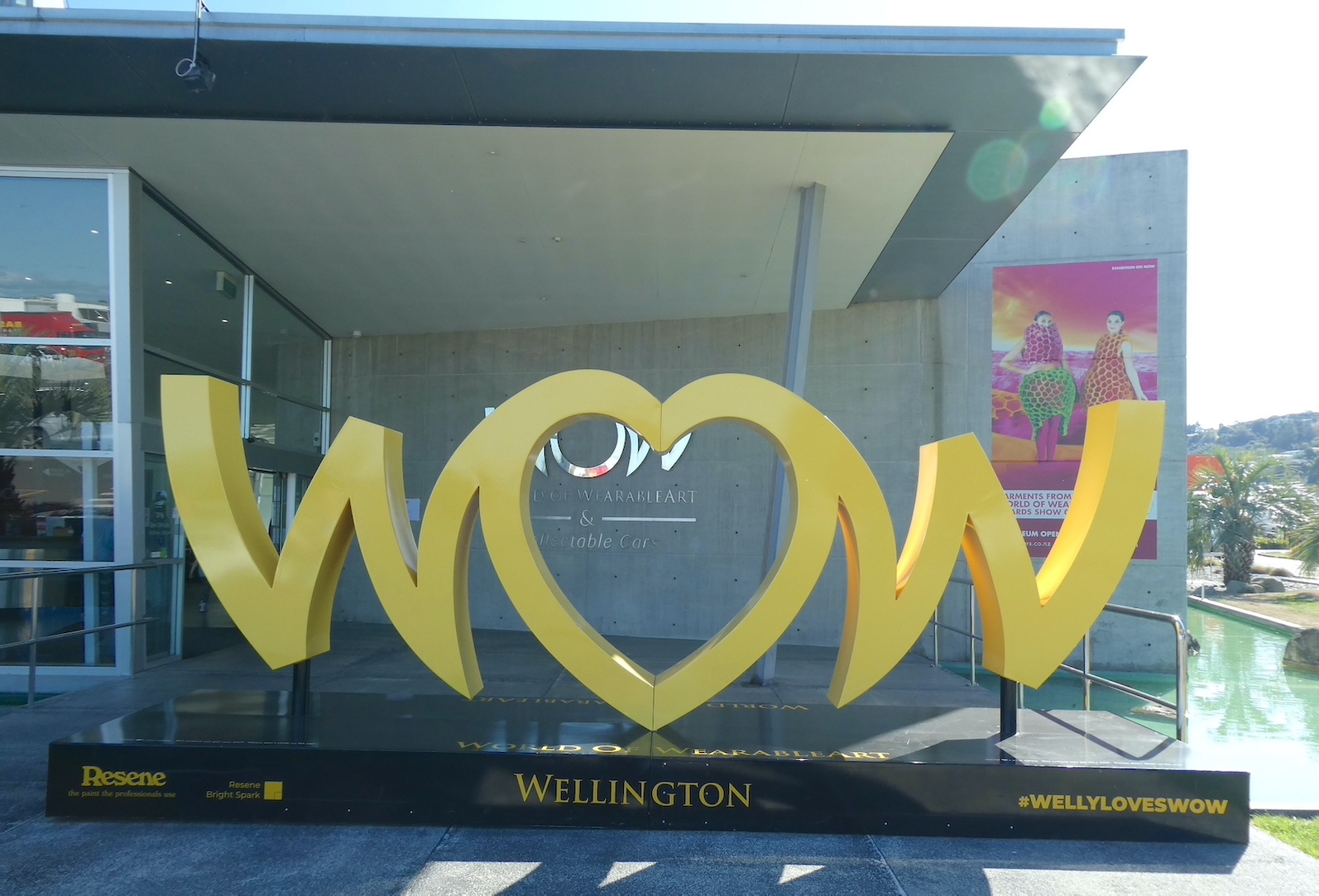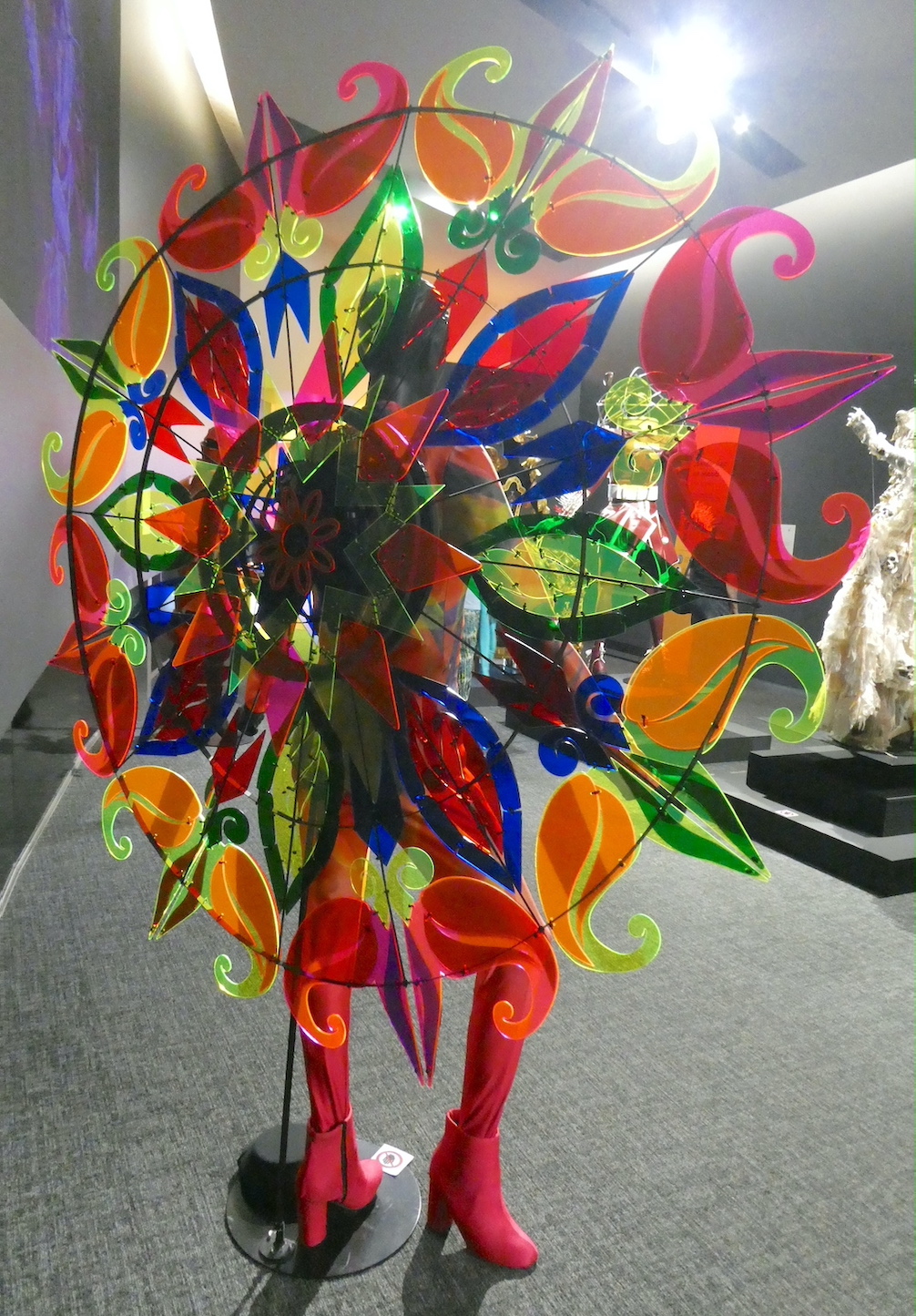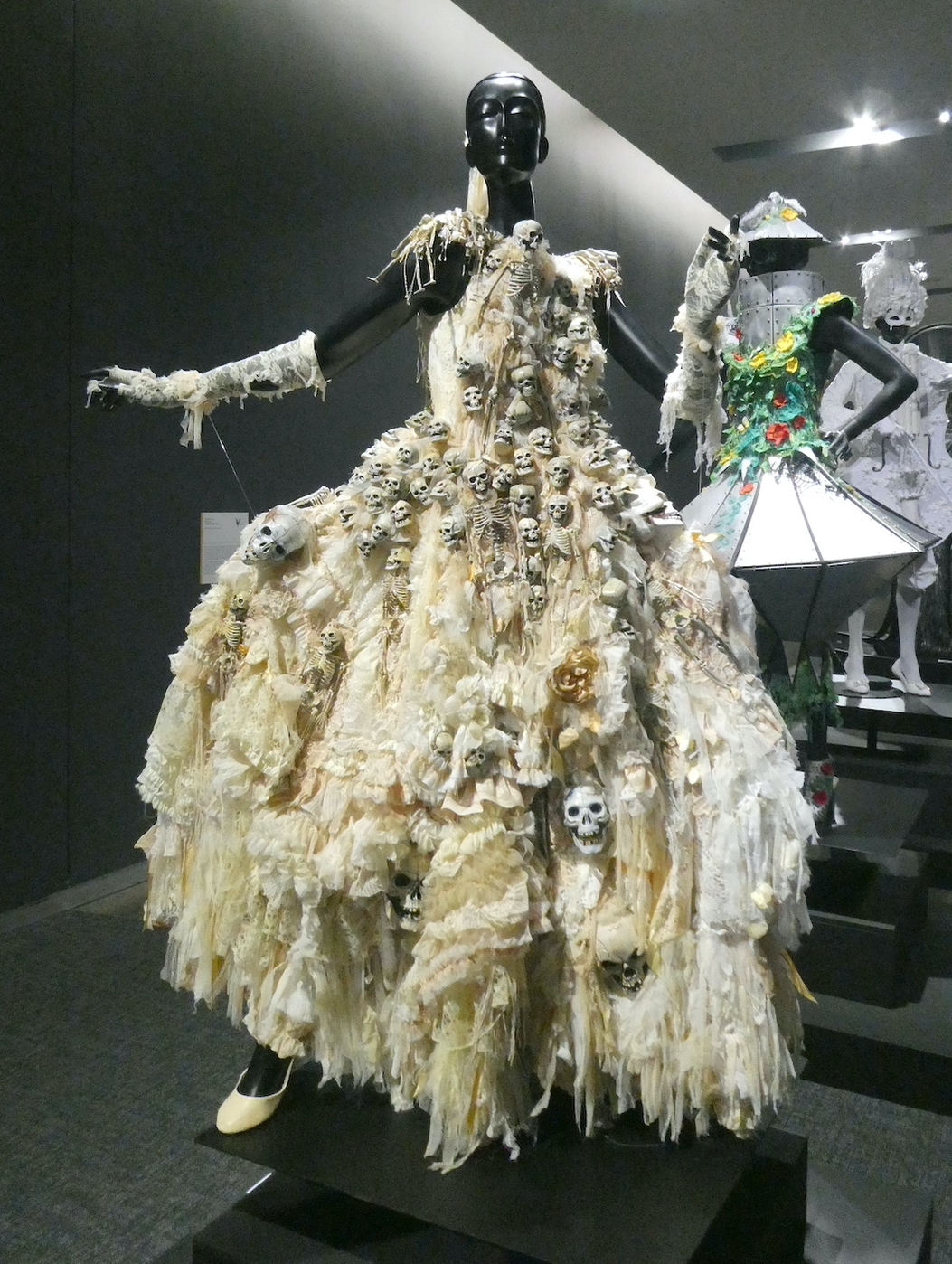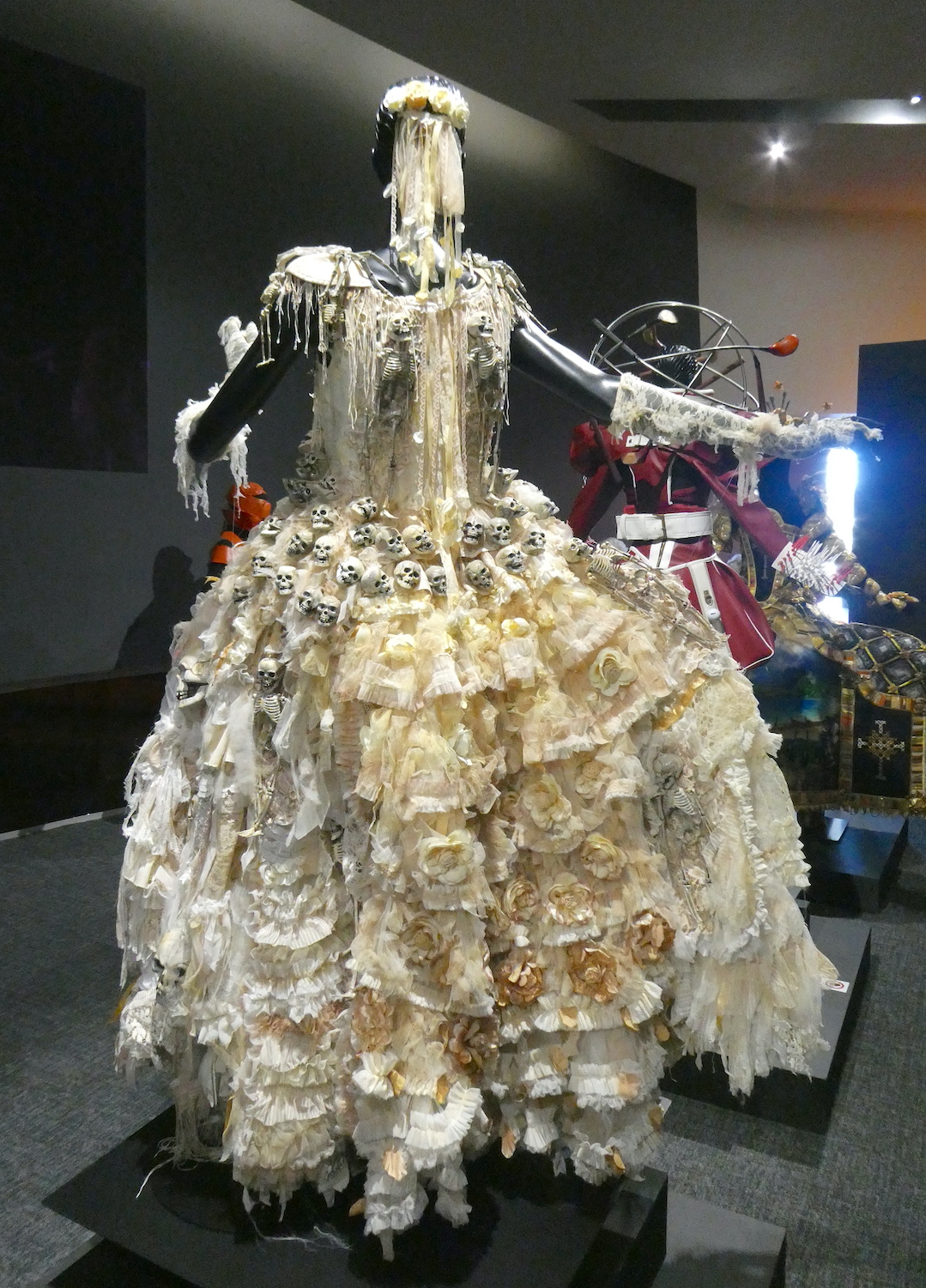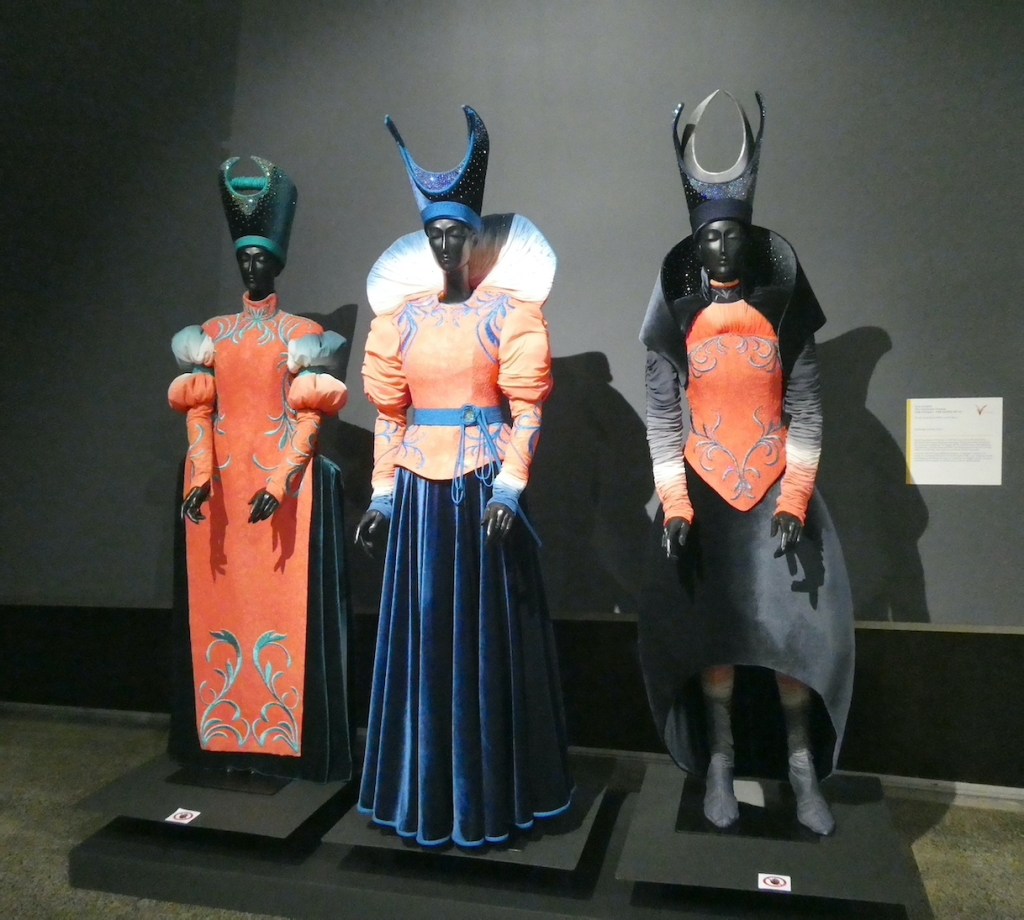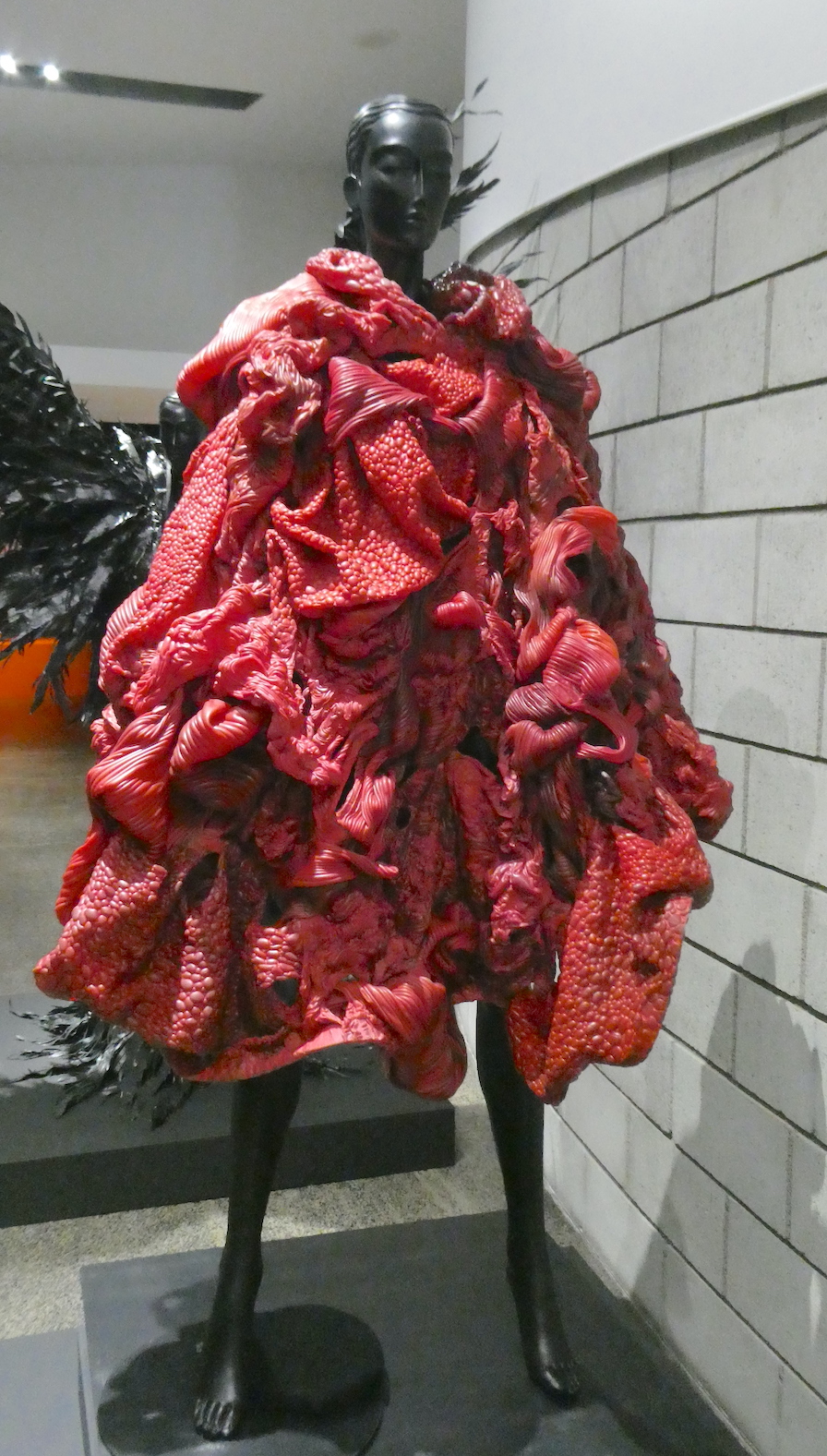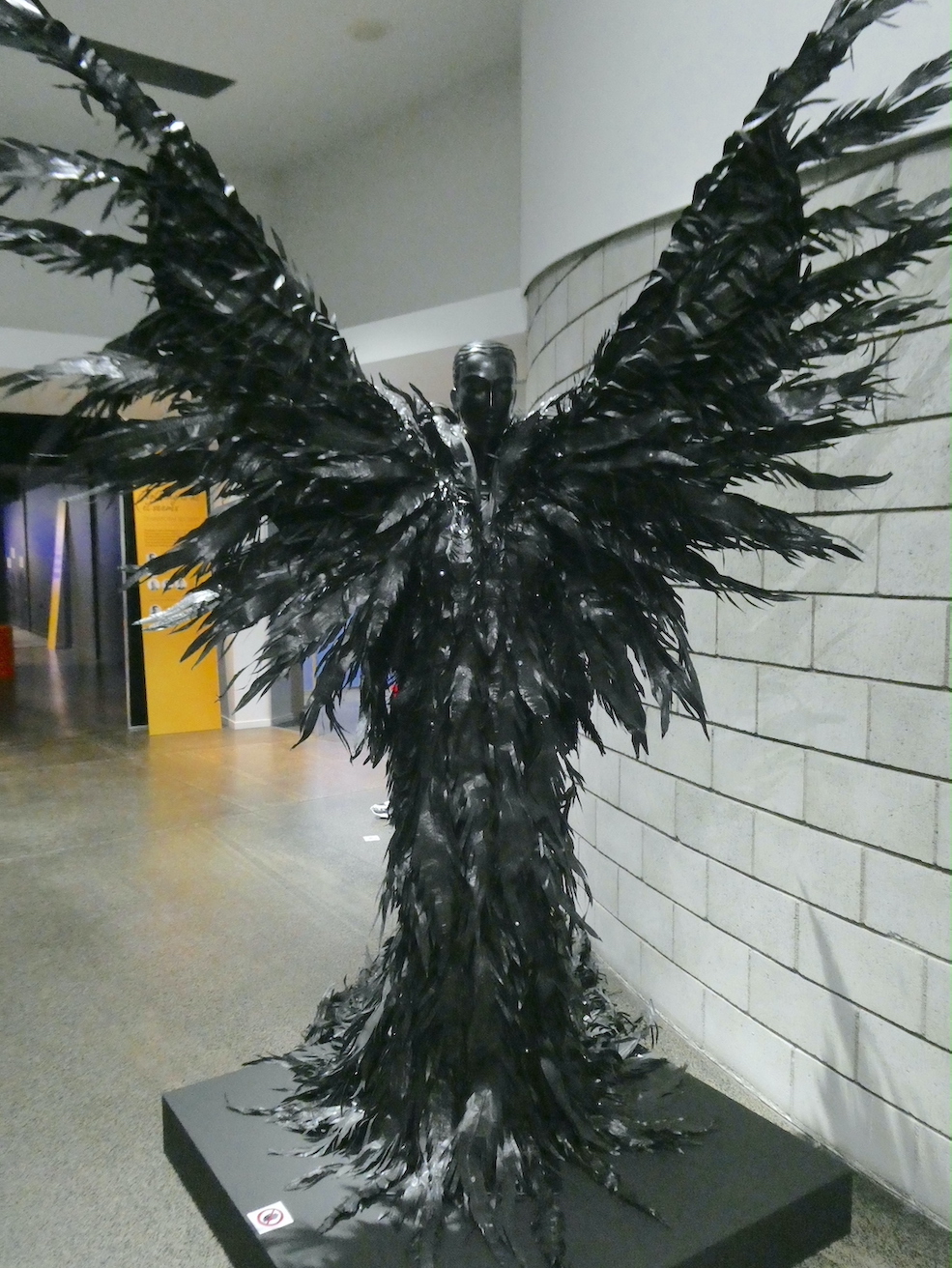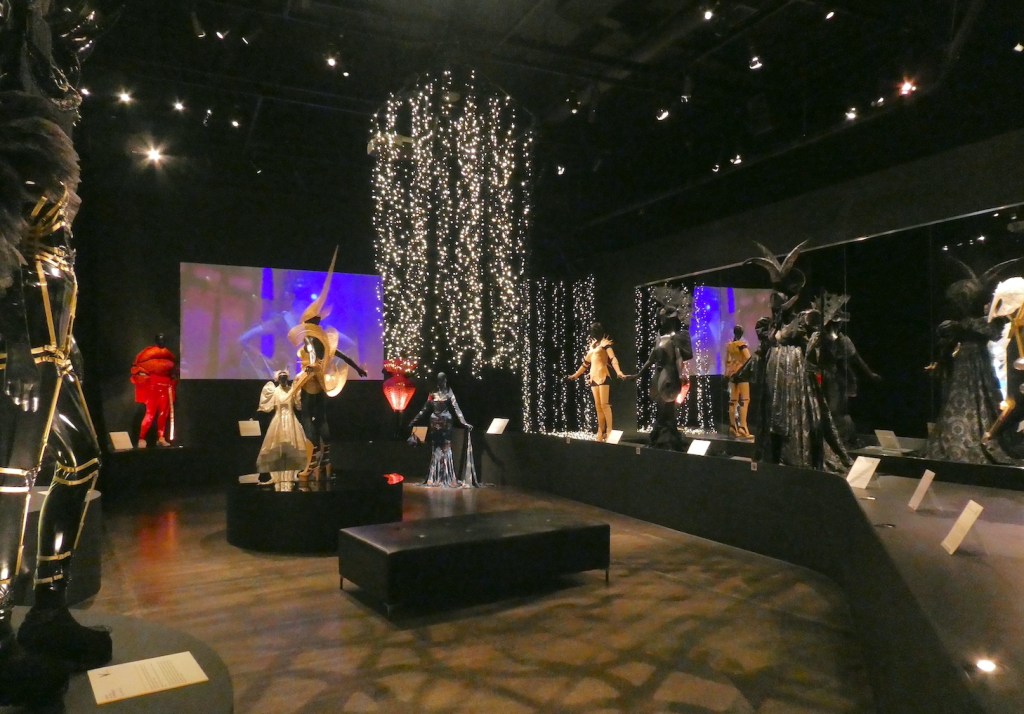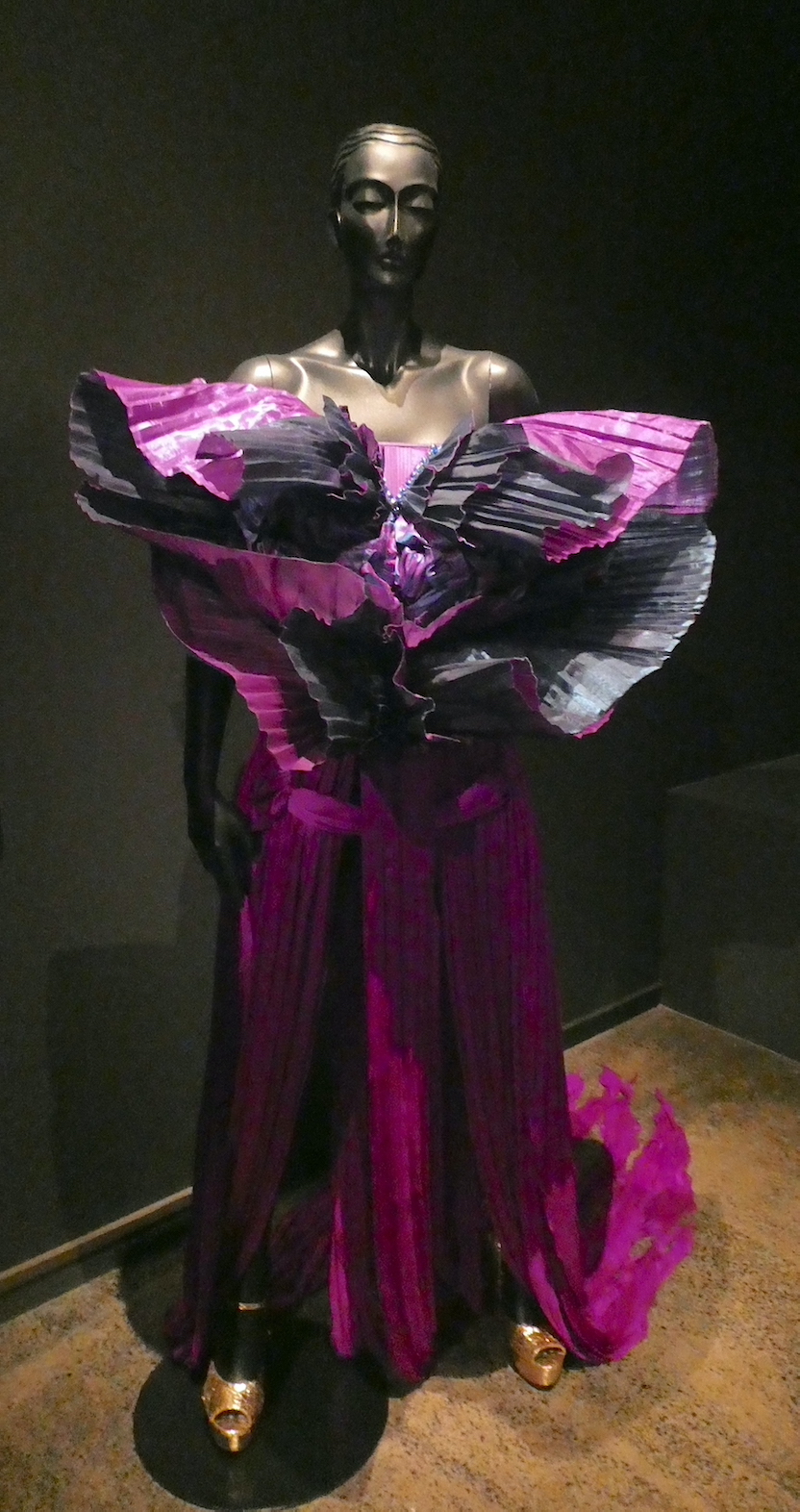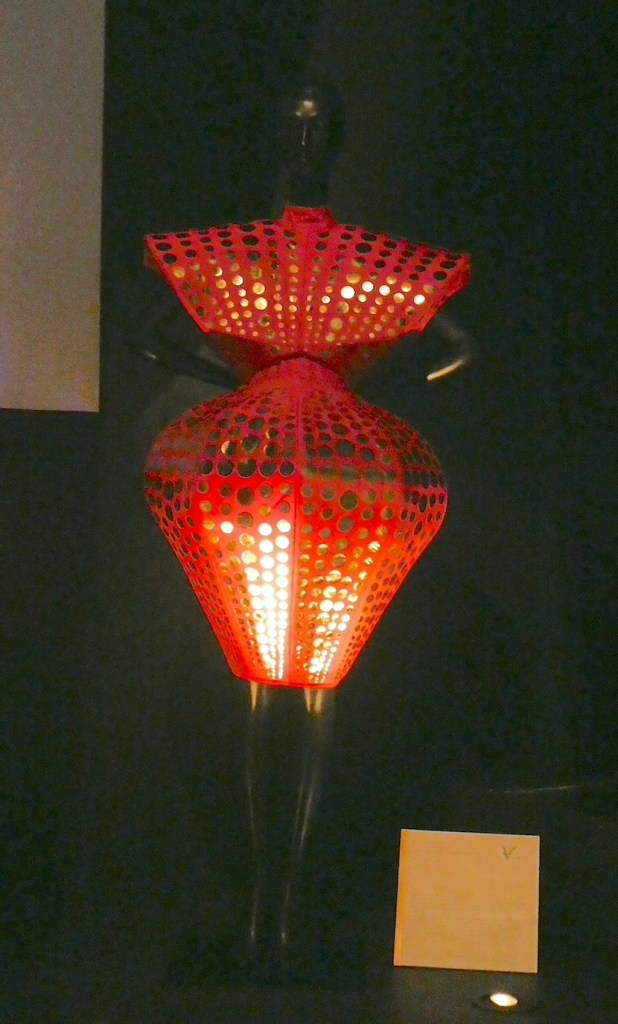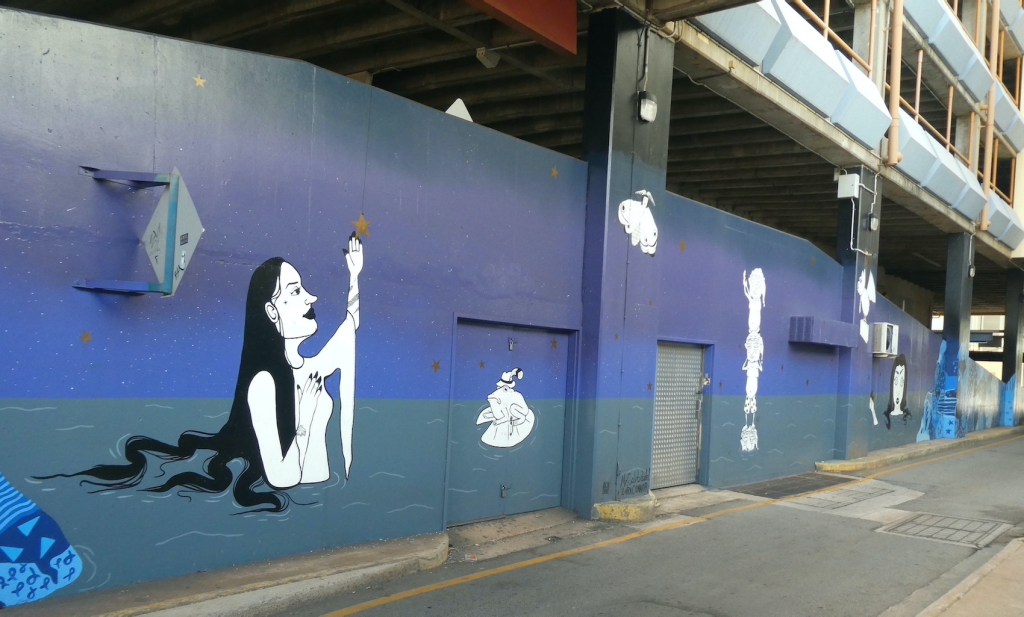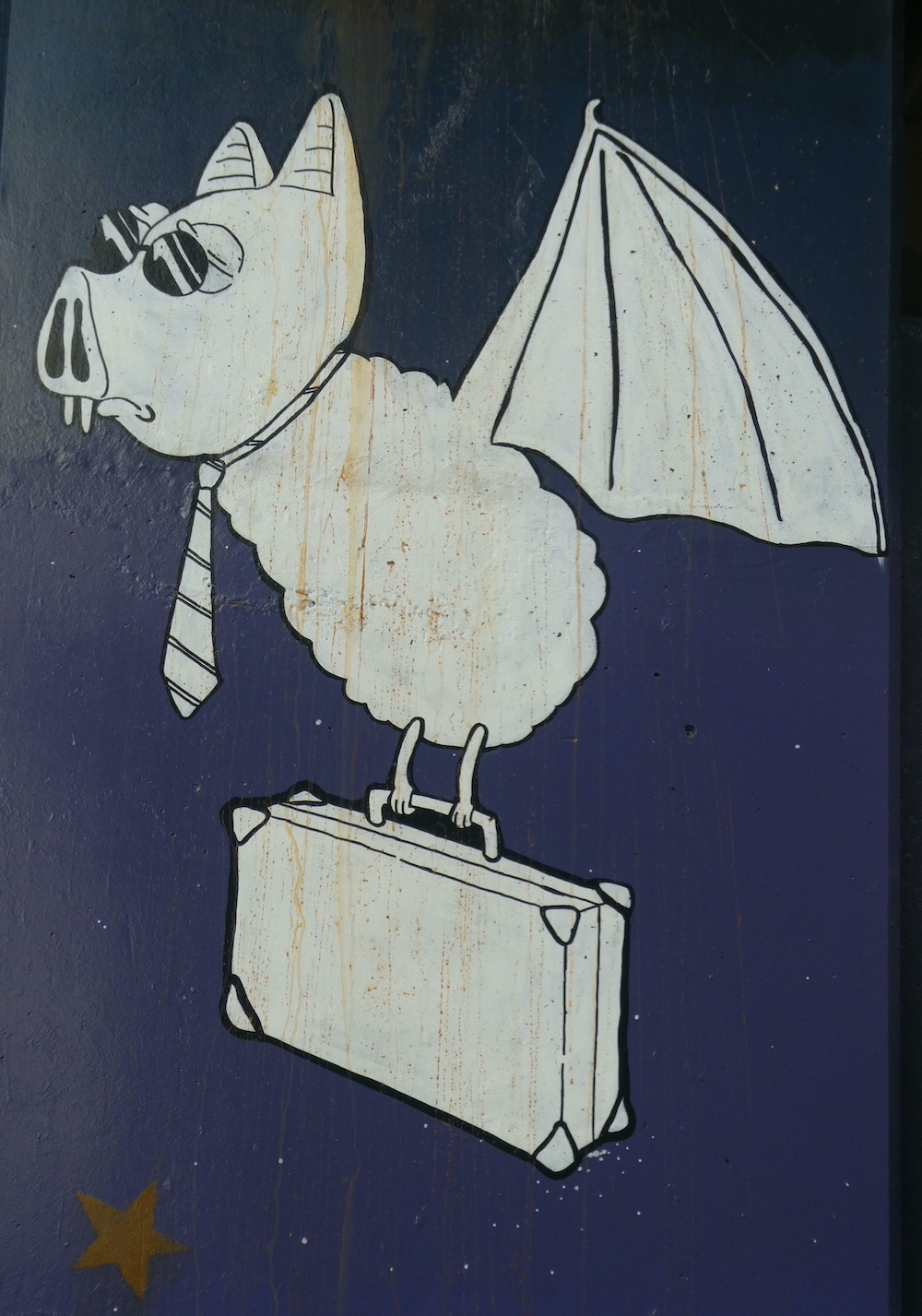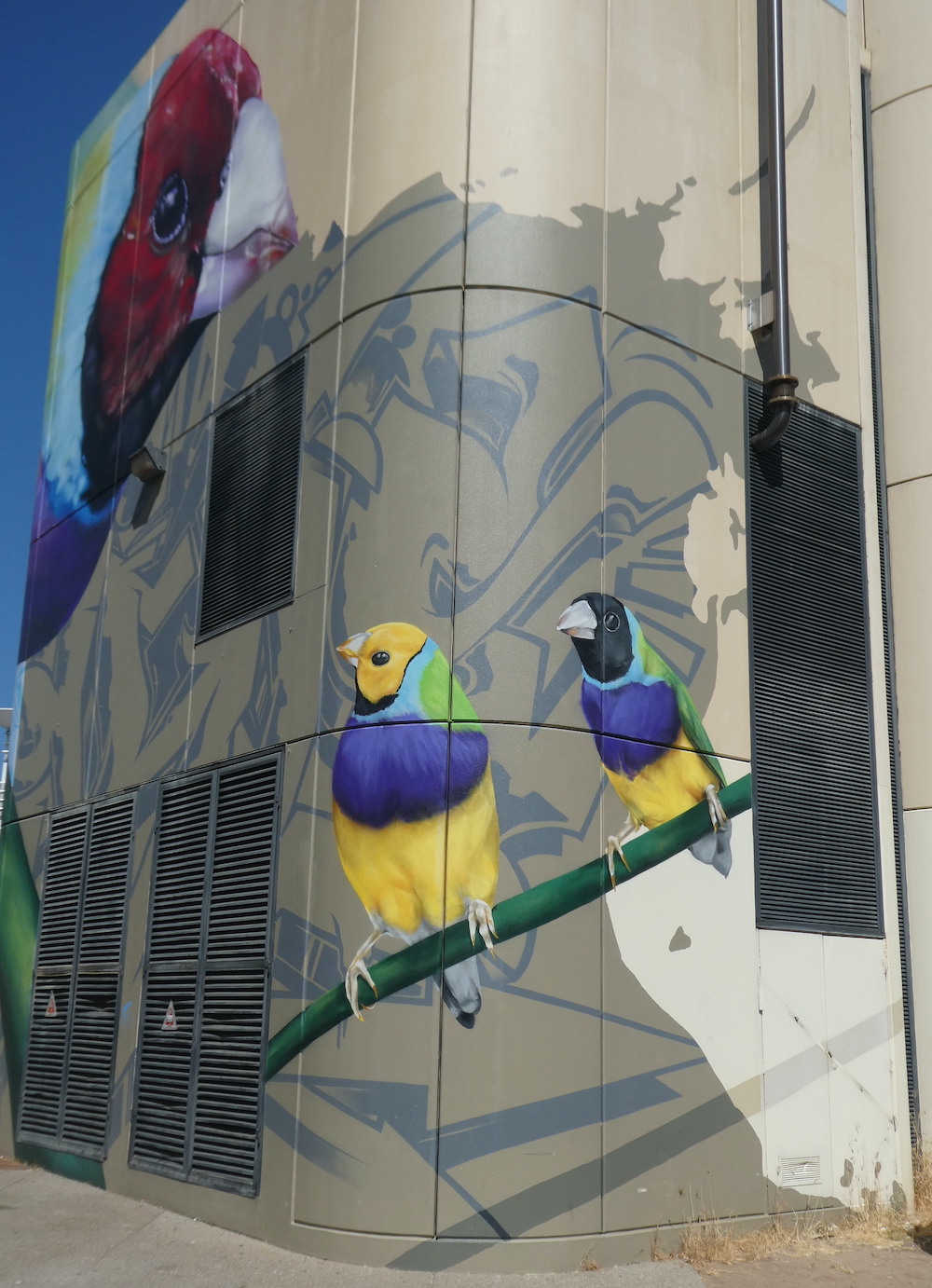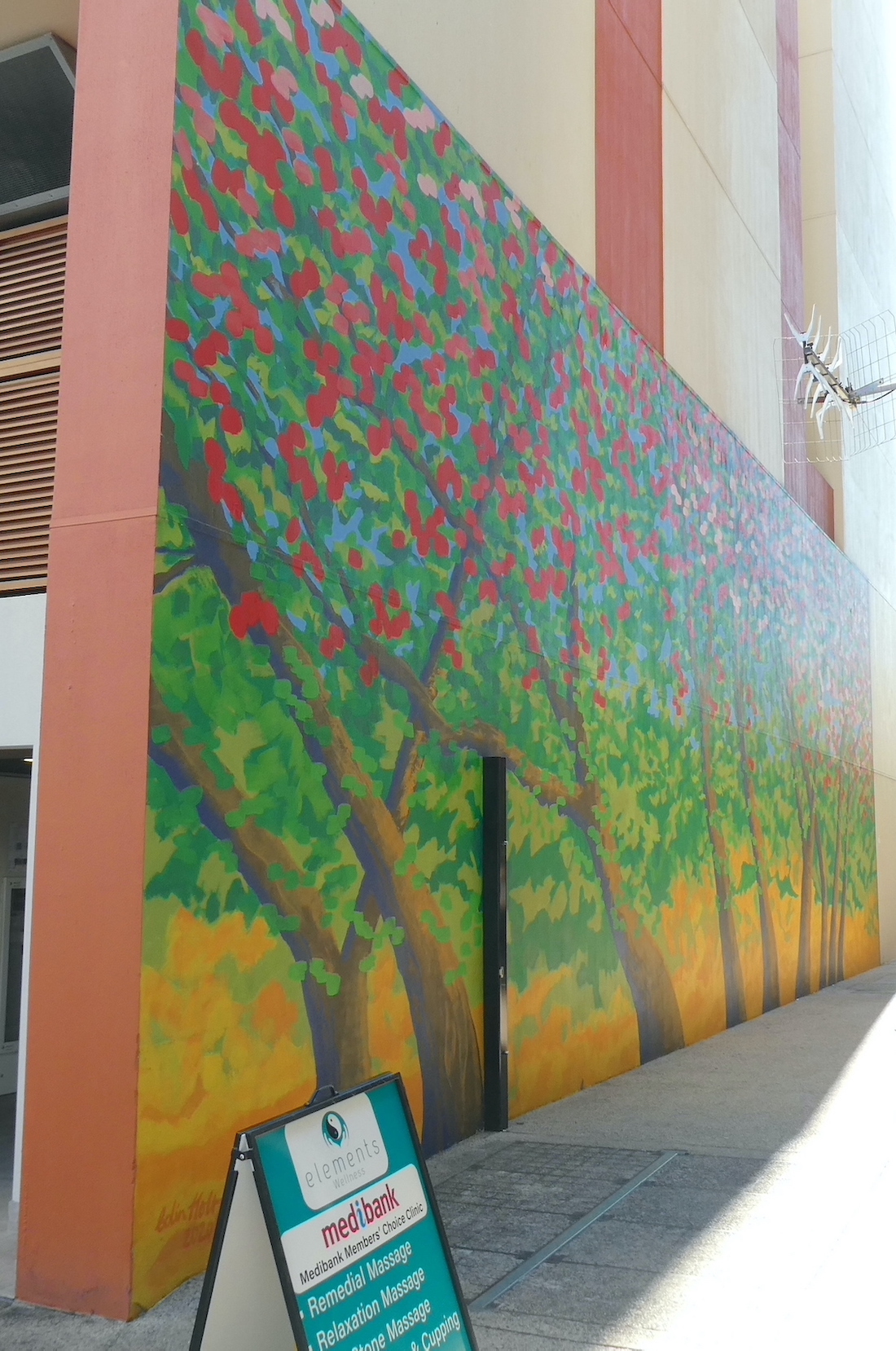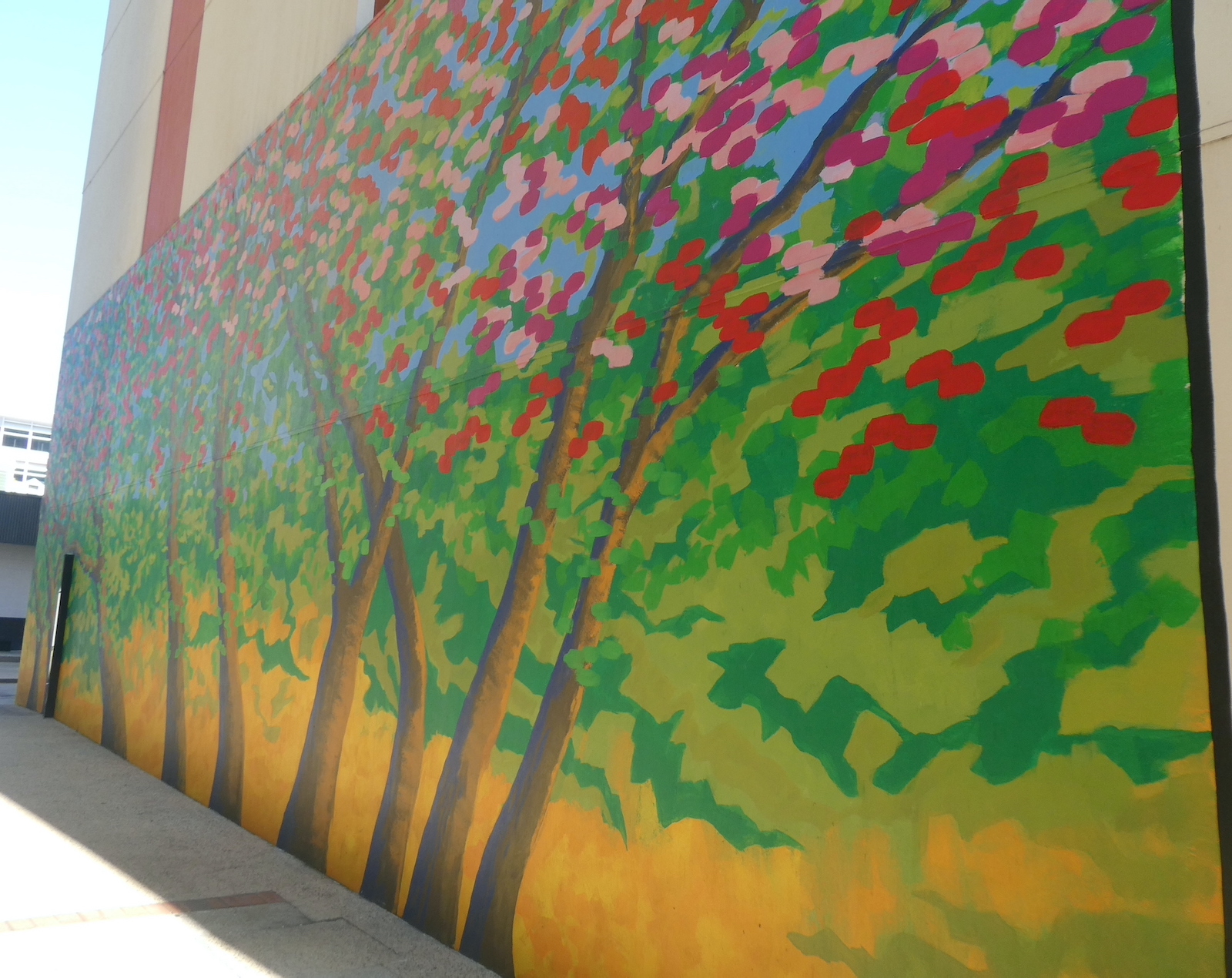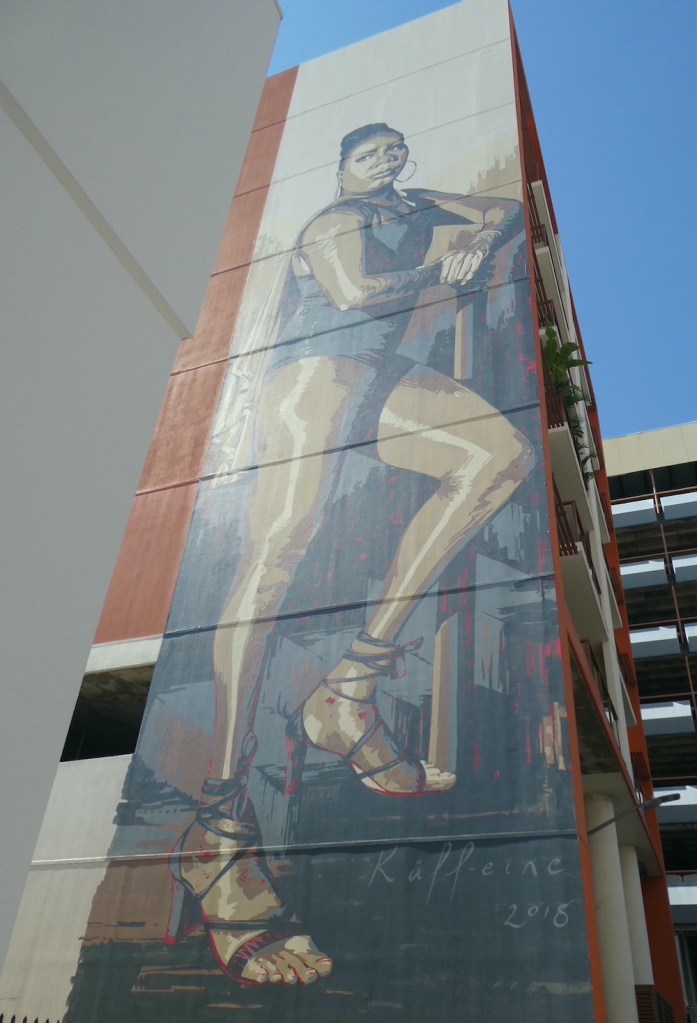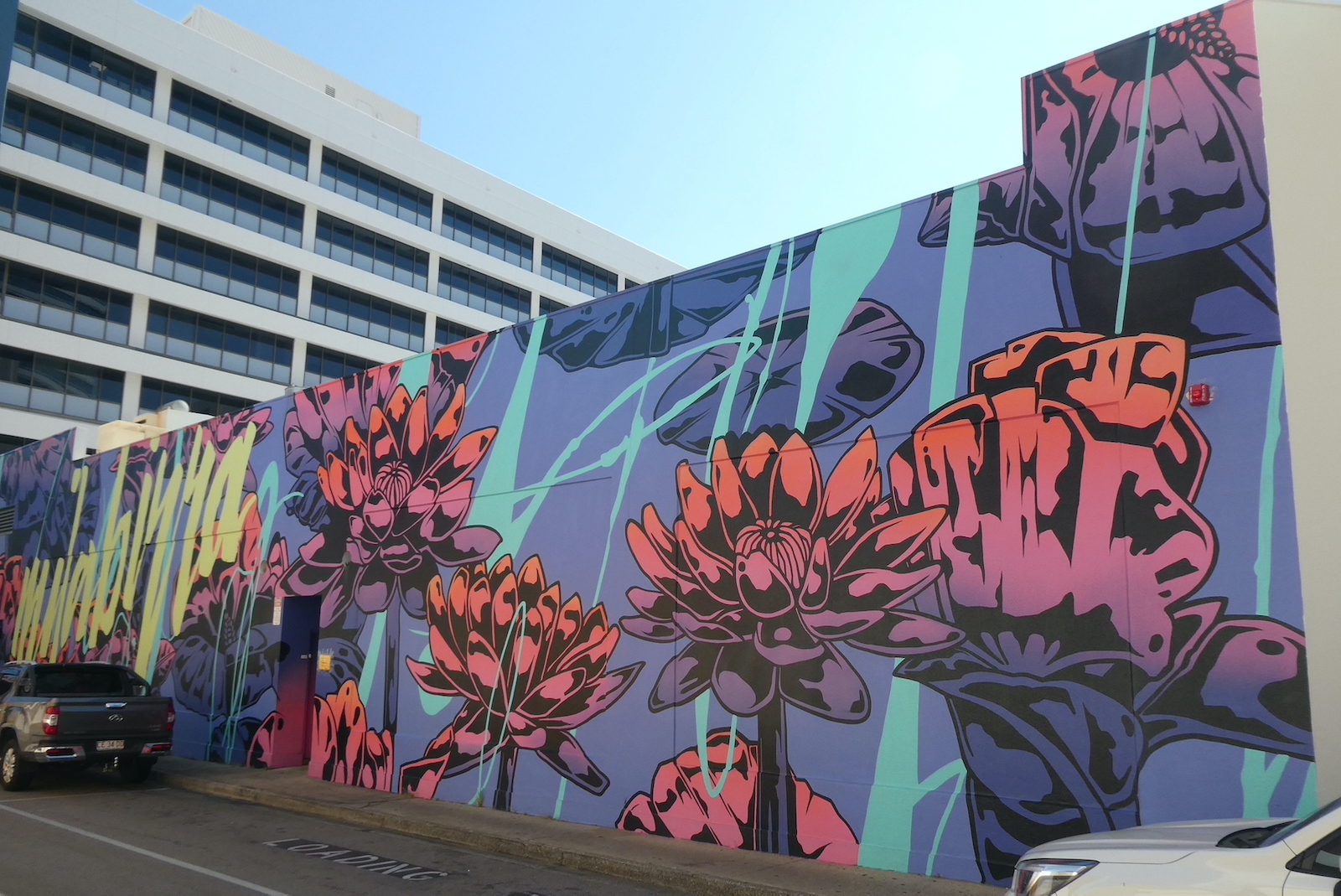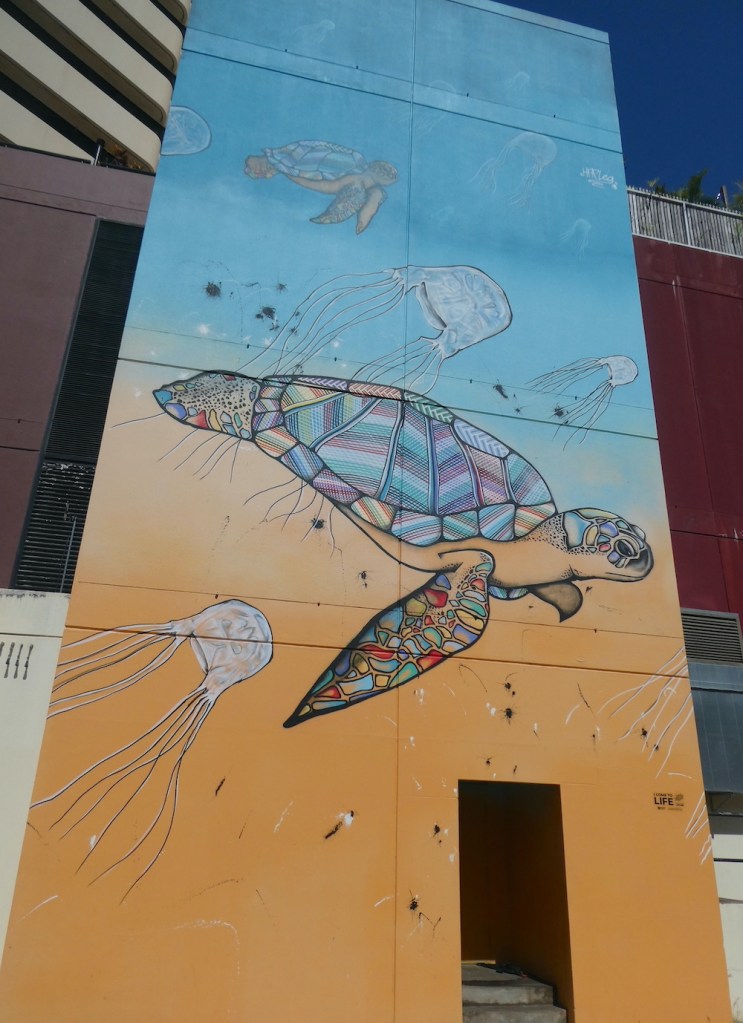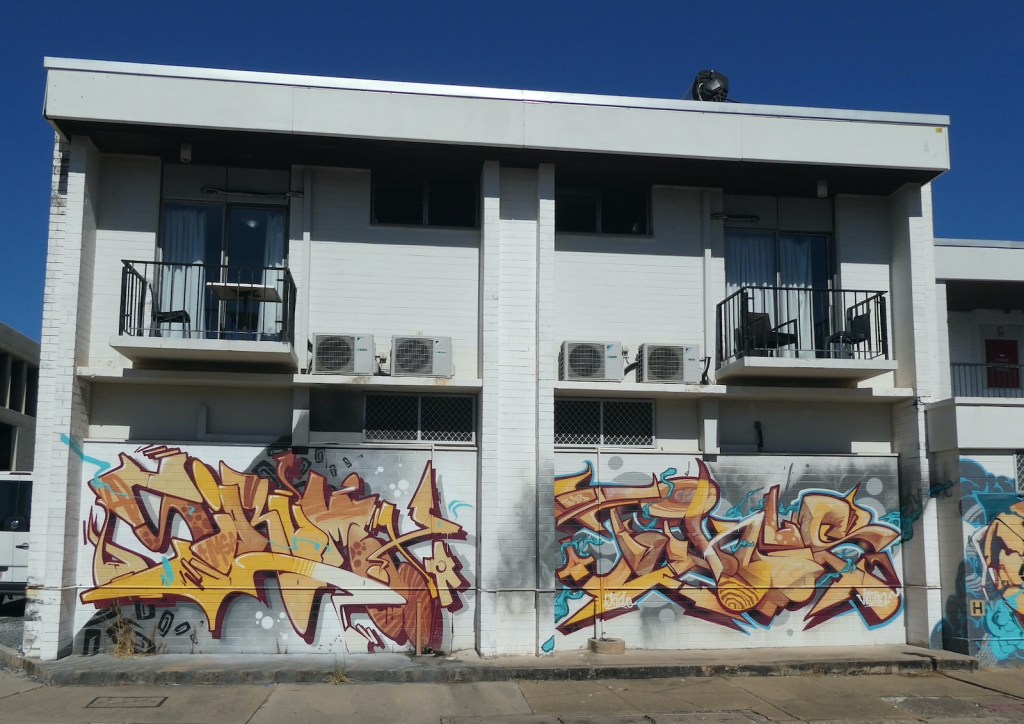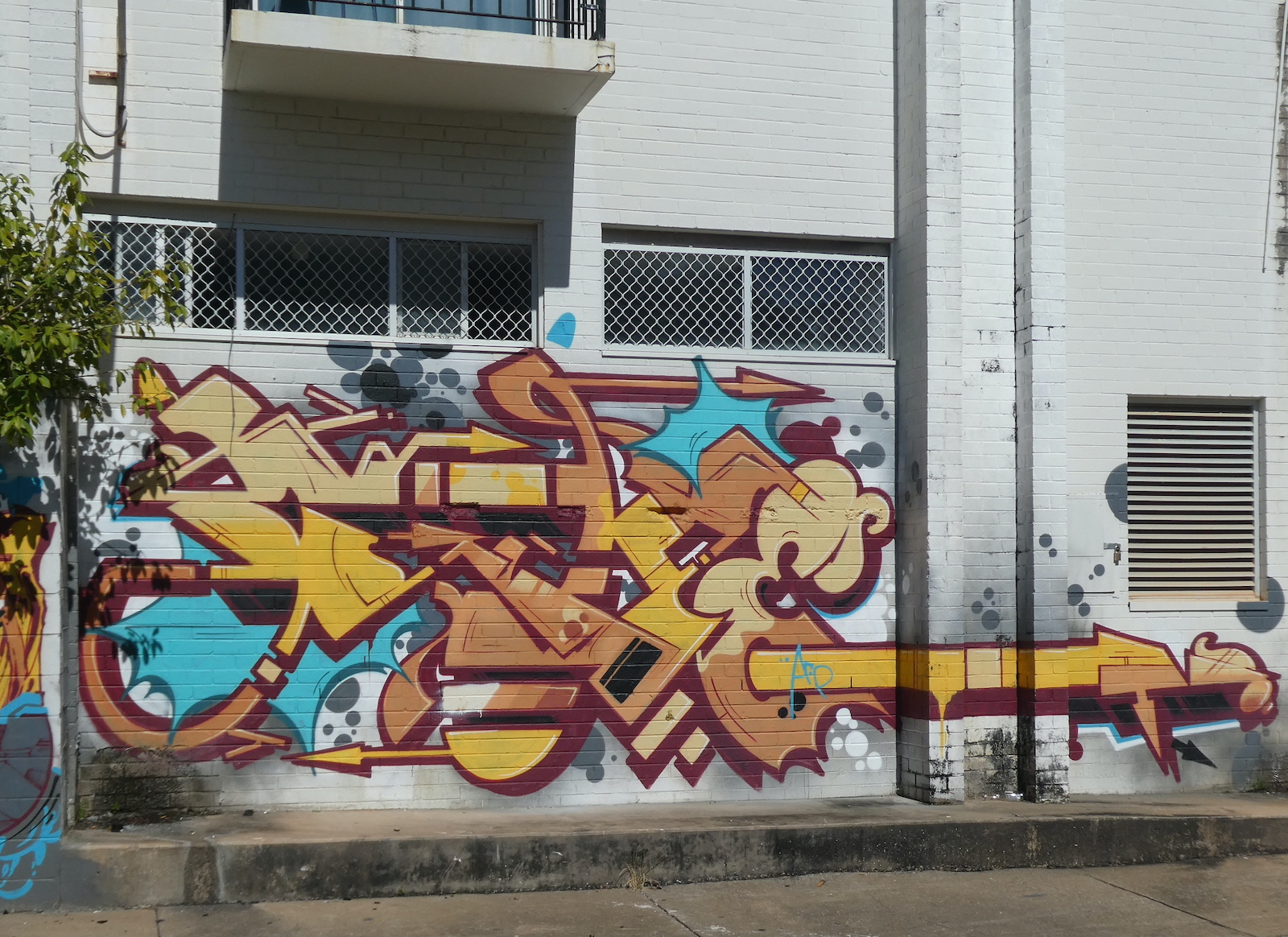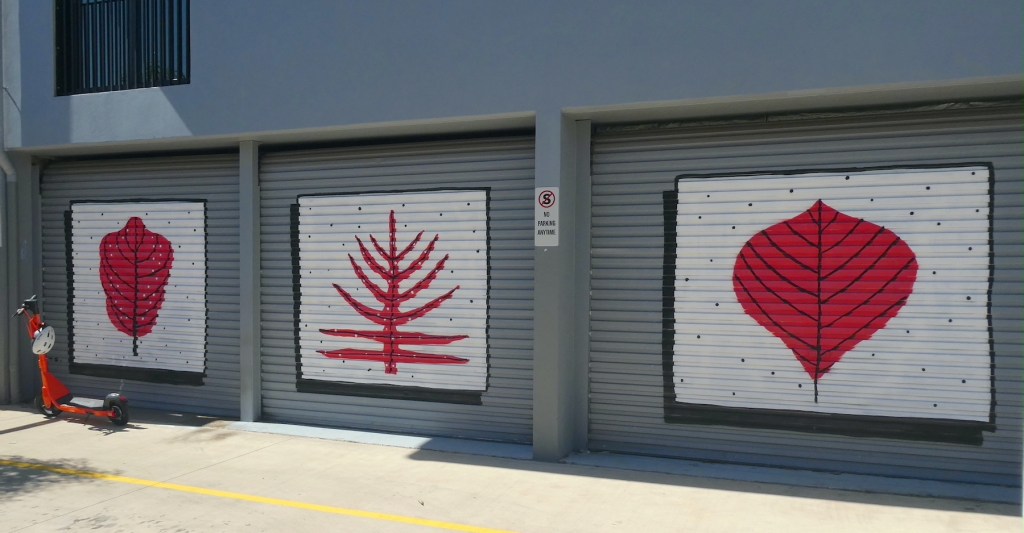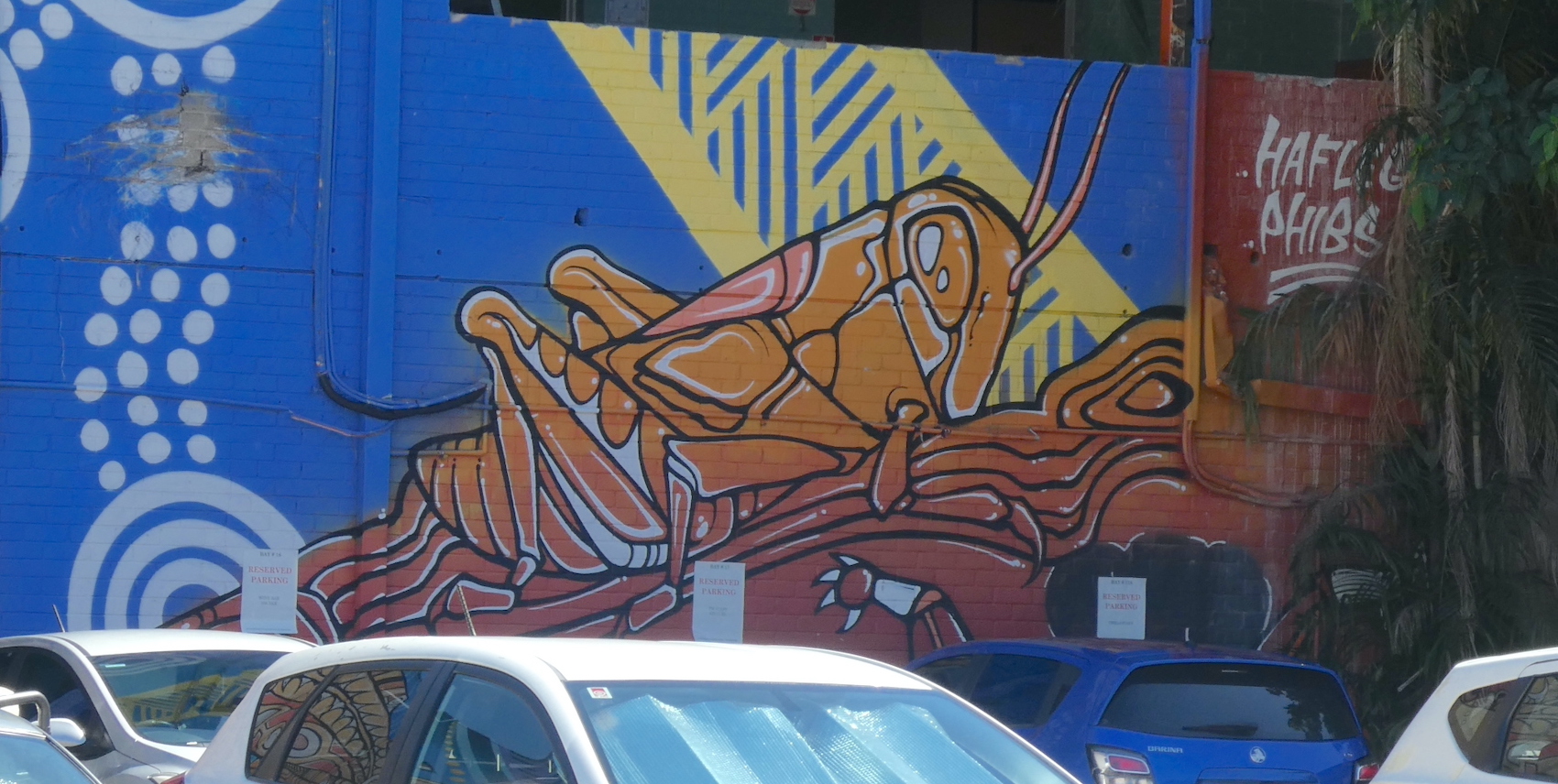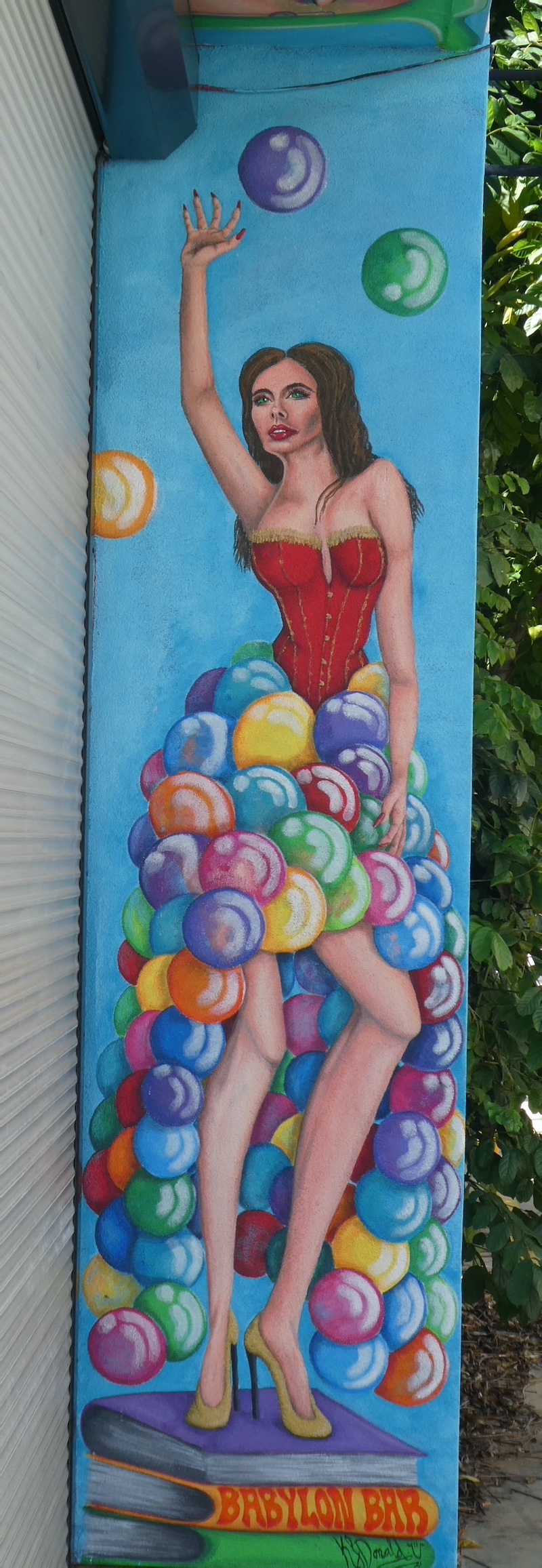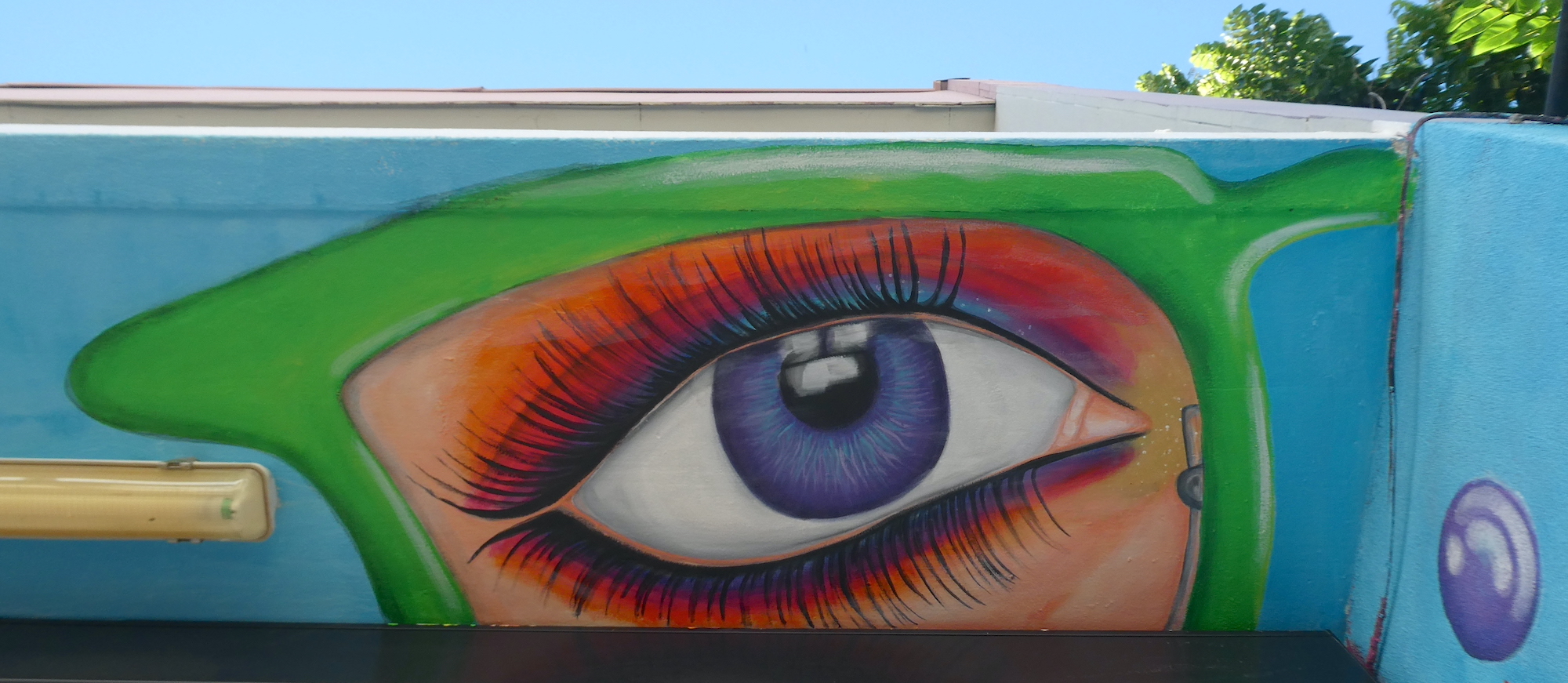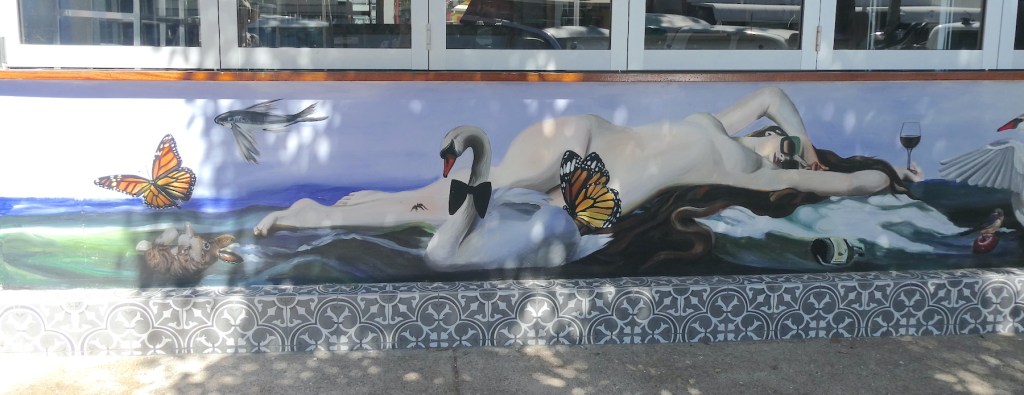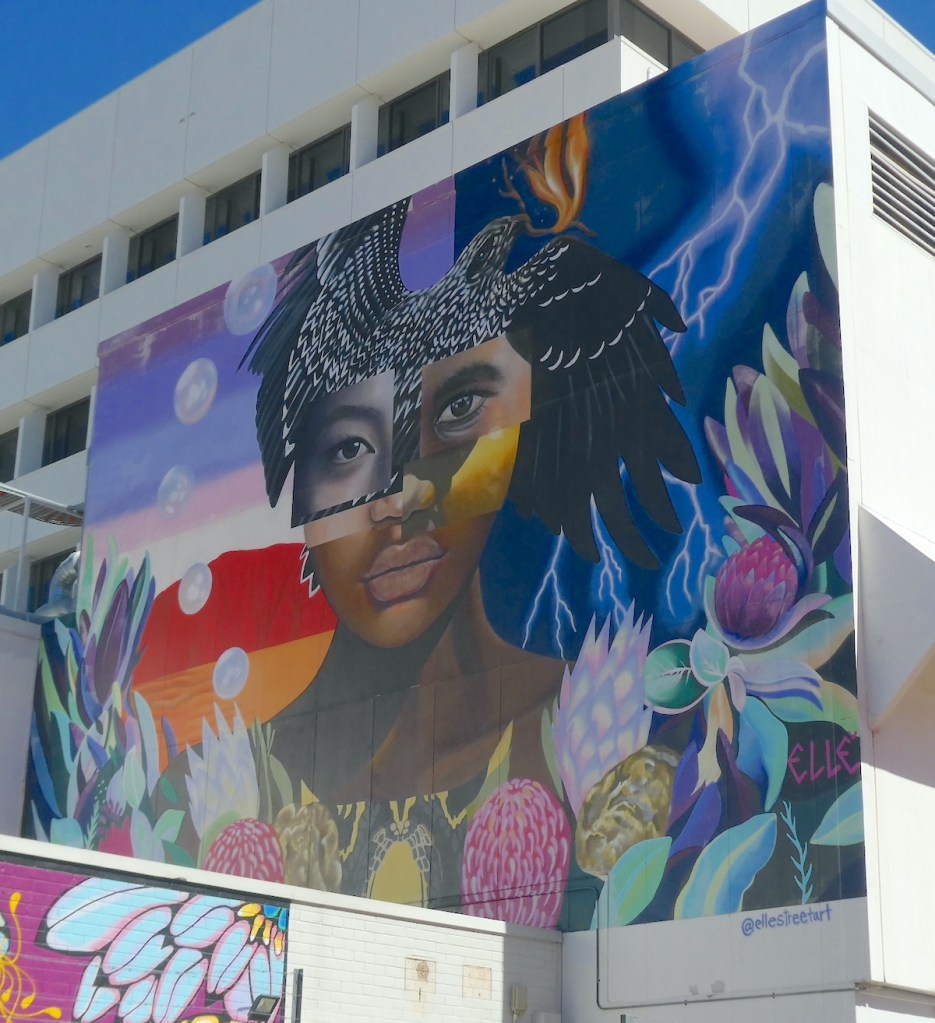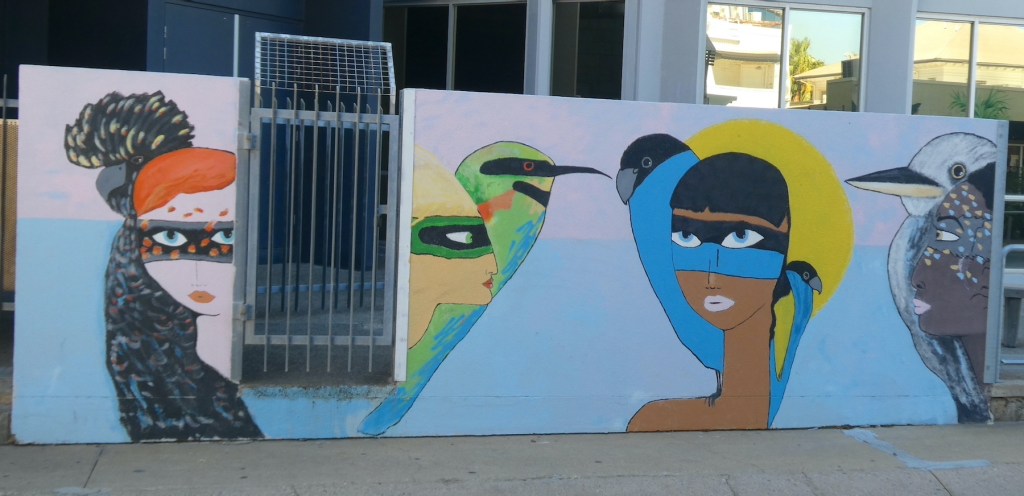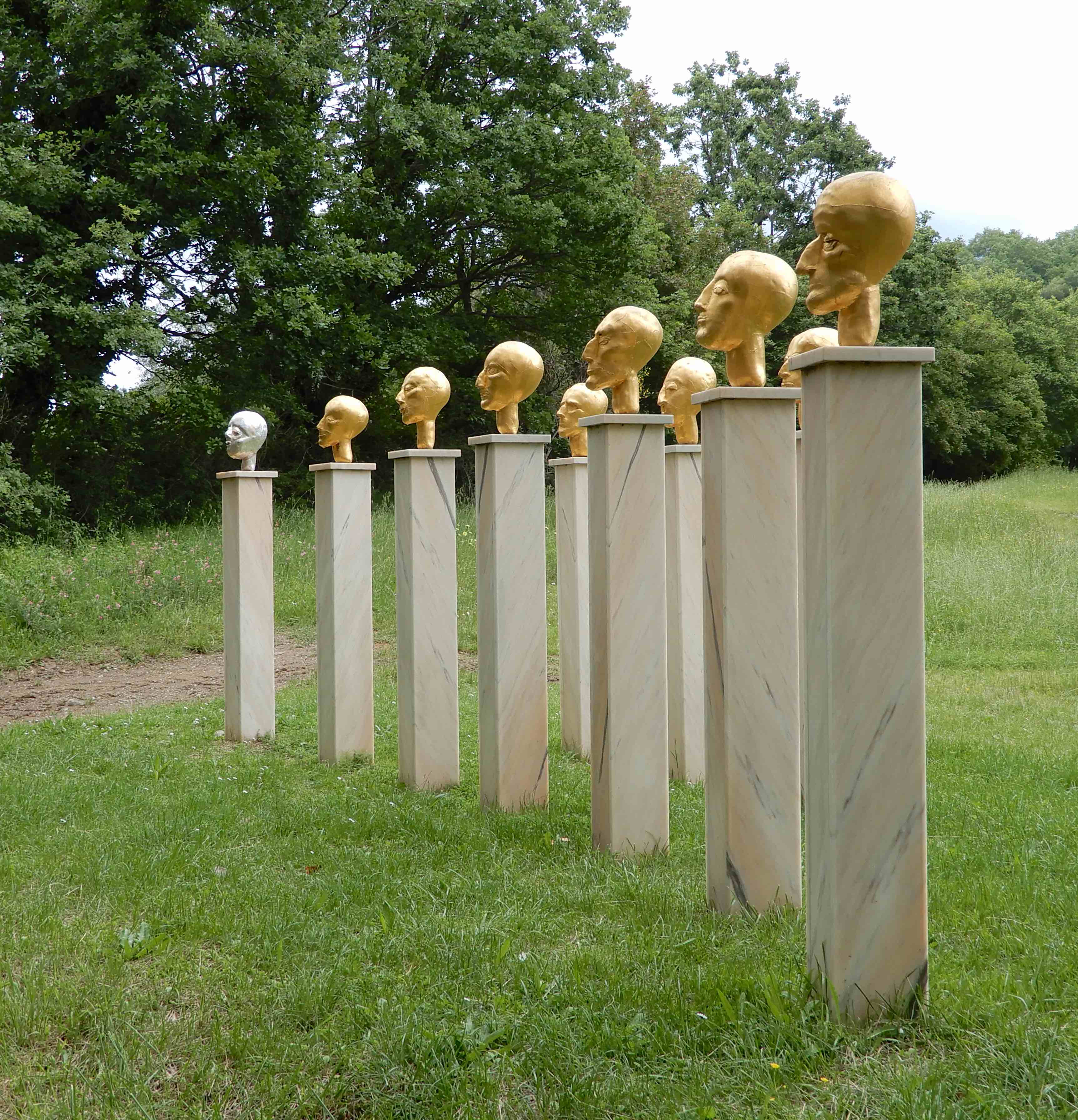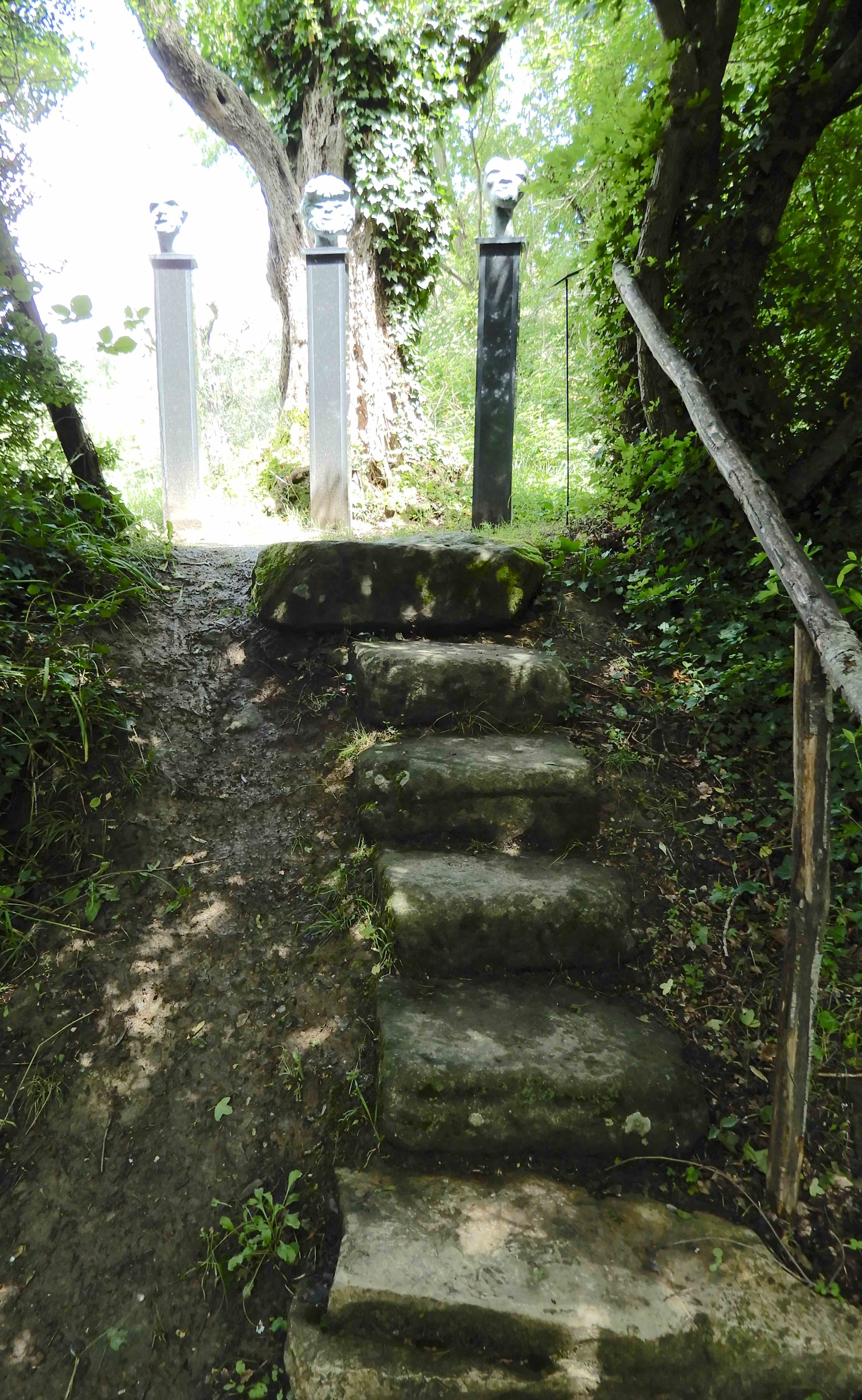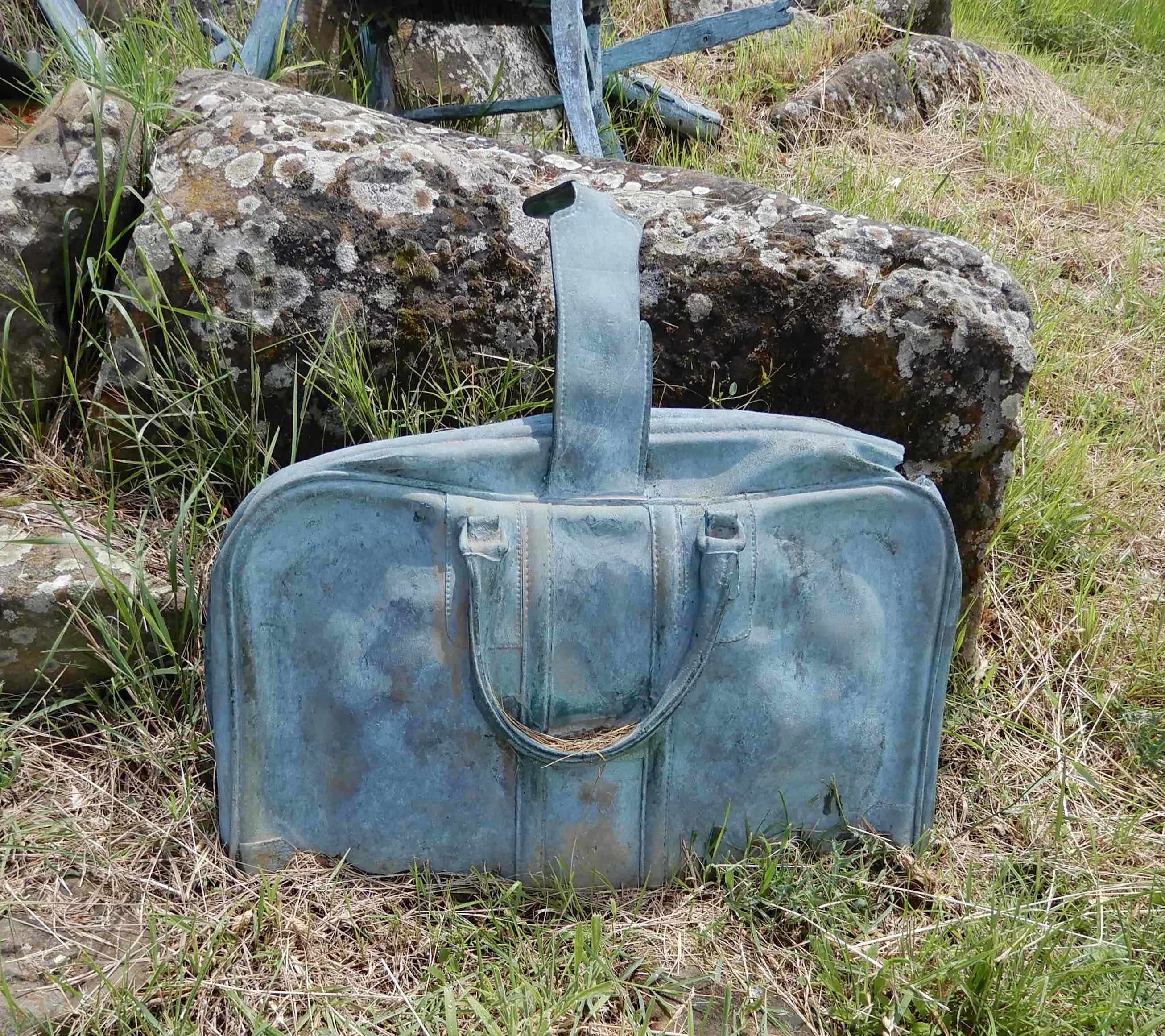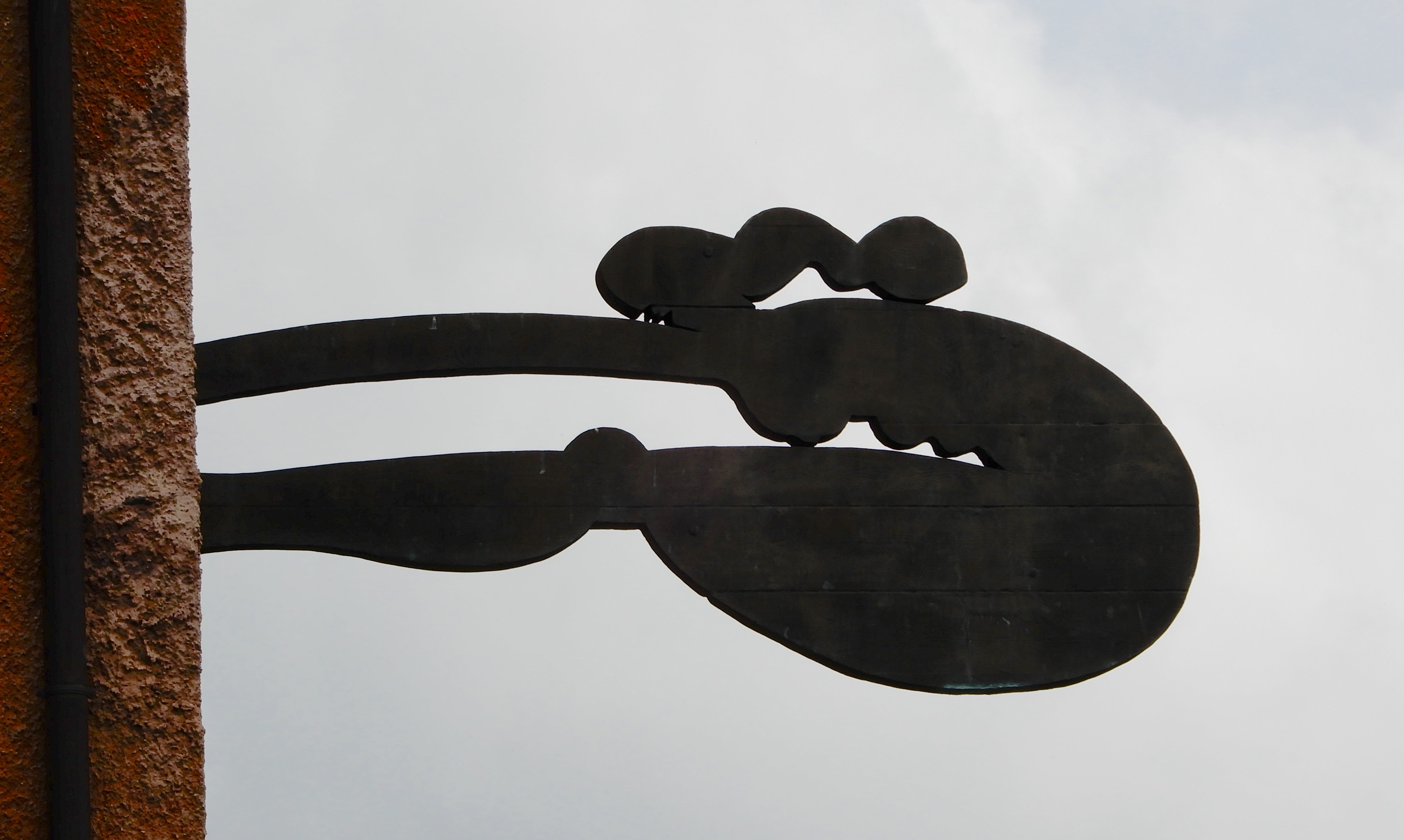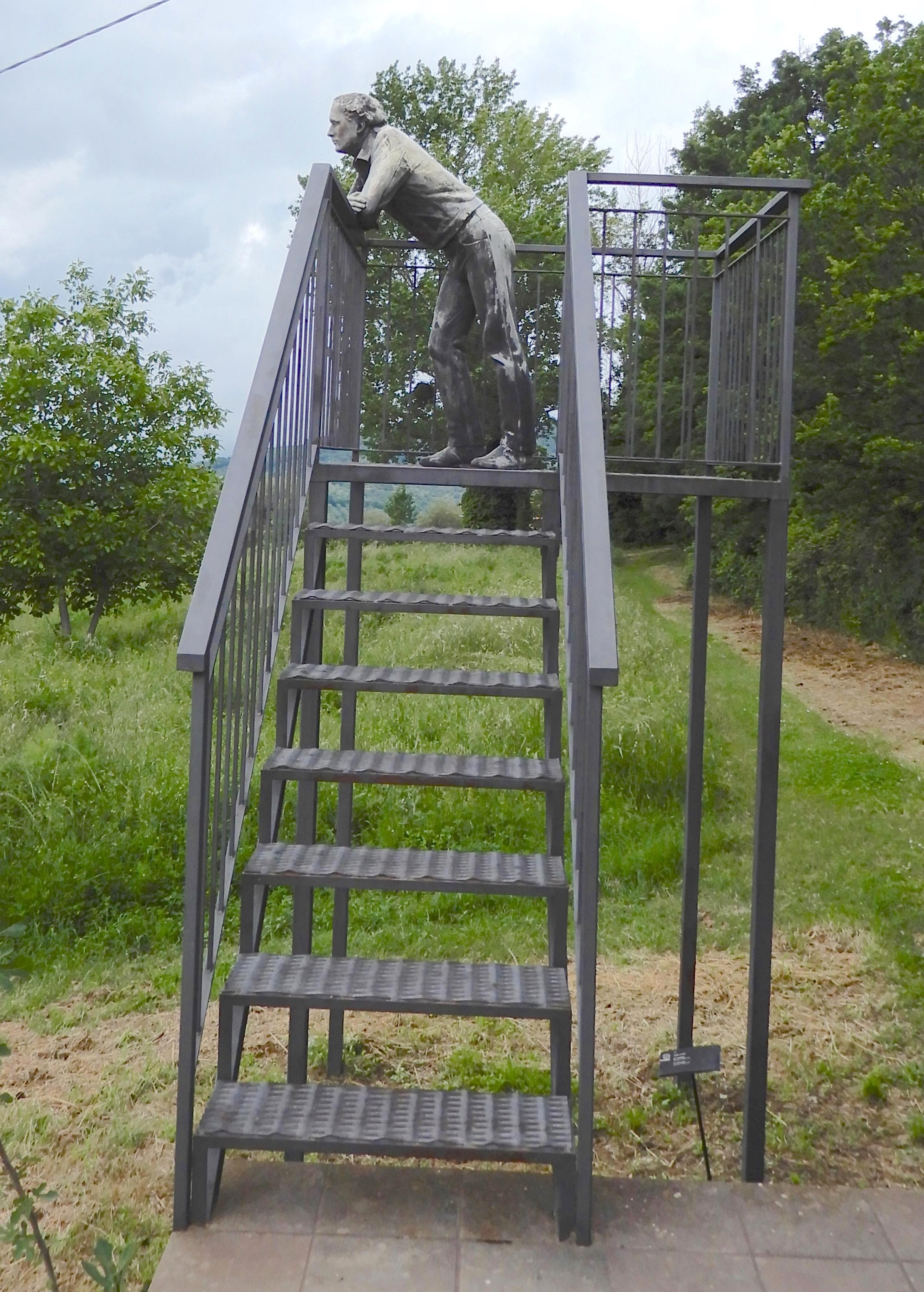Continuing our circuit of the World of WearableArt Museum, we entered the Transform Section. Designers were challenged to create a work that changes in form, nature and appearance. I only captured two of the five pieces, they don’t translate too well to static visuals. Meg Latham (NZ) was inspired by the paper dress-up dolls she played with as a child. Using polyethylene, canvas and acrylic paint for her version of Dress Up Dolls, the models change costumes as if turning pages of a book.
Tara Morelos, Ahmad Mollahassani and Nelia Justo (Australia) have employed electronics, along with acrylic, cardboard and fabric for their homage to Japanese artist Yayoi Kusama. They describe Infini-D as, ‘a meditation on geometry, dimensionality and cinematic post-modern gothic’.



The Aotearoa Section draws on the deep sense of place New Zealanders have and celebrates who they are as people and what makes them proud. Ocean beauty comes to life with Sacha Mail’s (NZ) Fatal Attraction. 30,421 hand-dyed cable ties and foam remind us to protect it before it turns to plastic pollution.
Dylan Mulder (NZ) combined 100% merino wool and 3D-printed jewellery to merge Artificial Intelligence and Māori design. He claims the garment, Natural Progression, intuitively designed itself.
Te Kotuku Rerenga Tahi is a Māori whakatauki or proverb, which means ‘a white heron’s flight is seen but once’ and is indicates a very special and rare event. Jenny Sutton (NZ) used paper, plastic milk bottles and weed matting to depict the lovely spirit-like bird.
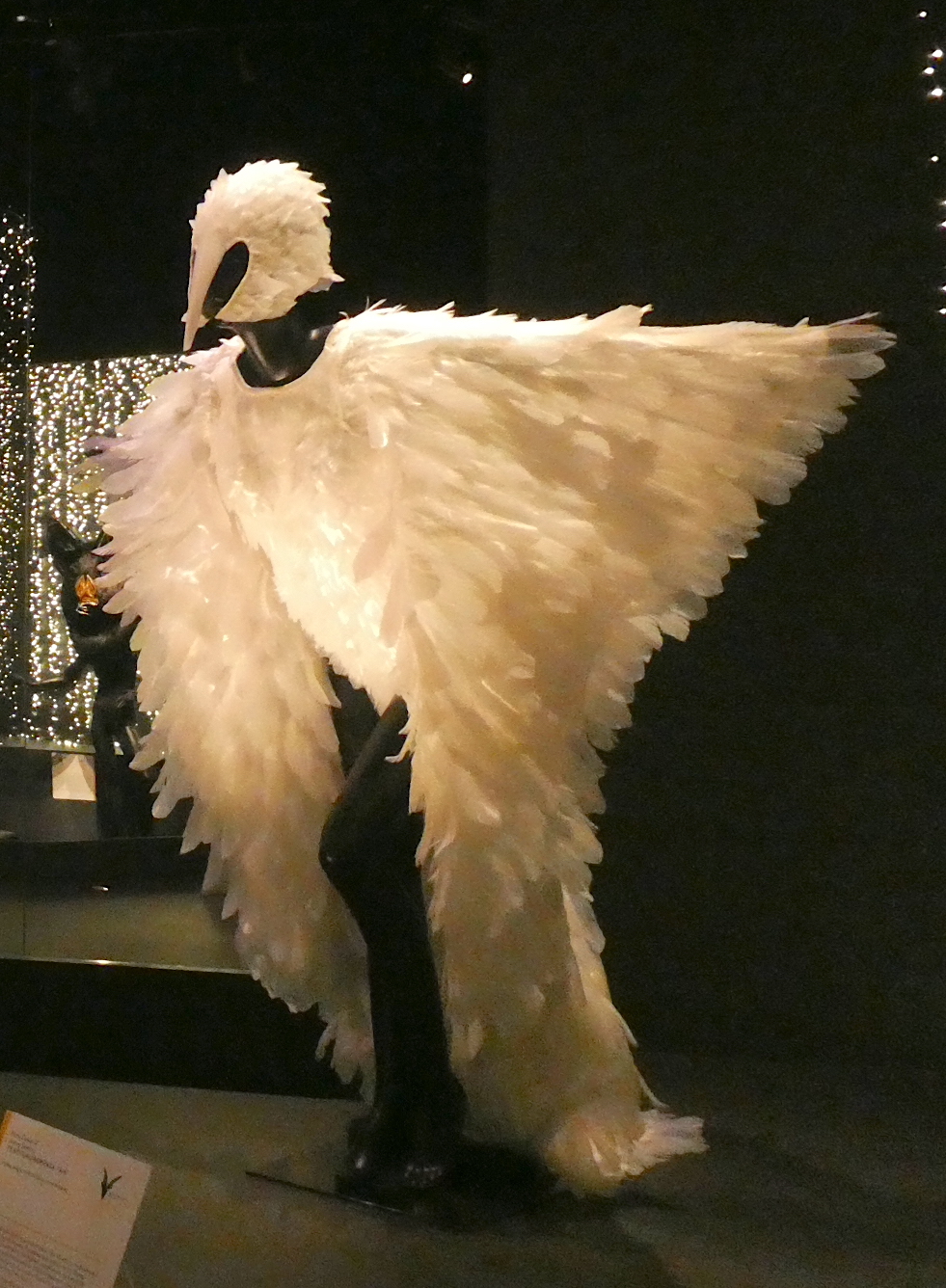

The Crux and the Long White Cloud marries the Southern Cross in the heavens with the anthem of New Zealand. Autumn Minnear (NZ) chose gold, wood, wool and harakeke (flax) to complement the oil on linen images.
Stephanie Cossens (NZ) has honoured the New Zealand lesser short-tailed bat, Pekapeka-Tou-Poto, using ceramics, faux fur, Dacron and aluminium.
Fabric, plastic and elastic have amalgamated to form Erica Gray’s (Australia) Echinoderm, a monochromatic representation of the colourful sea creatures.
The title says it all, Our History? It’s Complicated… Lynne Dunphy (NZ) worked with woollen blankets, calico, silk and brass to share the message that there is more to Aotearoa than blankets and guns.

Lisa Vanin’s (NZ) depiction of Kaitiaki, a Māori term for a guardian or protector of the environment, is an understated combination of bamboo and copper.

An interesting conglomeration of tulle, rattan, shells and modelling clay make up the intricacies of Shelley Scott’s (NZ) JAFA (Just Another Fabulous Aucklander).


The colour white (yes, I know, there is some controversy as to whether it is actually a colour) is often associated with peace, light, love and purity. In some parts of the world it can represent death and mourning. The White Section incorporates the entire spectrum of emotions in spectacular fashion.

Renee Louie (NZ) has shaped PVC pipe, fabric and nylon string to create Symbiosis, her message that, ‘Alone they are great but they are even better together.’
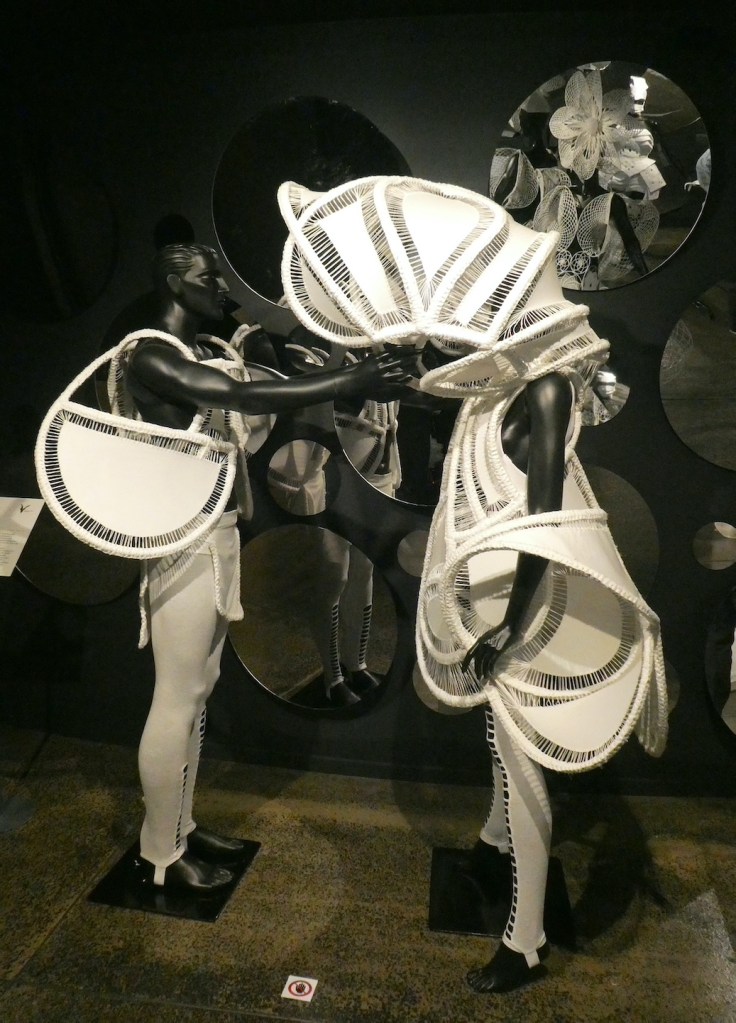
Intricately woven aluminium wire and white wire make up Dreamcatcher, a fairy of the night by Tsao Chien-Yi and Lu Pei-Hsin (Taiwan).

‘The incarnation of an ethereal soul, protected by many different, textured layers’, describes Integumentum. Marine Arnoul (France) used 3D-mesh, spandex, foam and 3D-printed glasses to achieve the image.
A sterile white armour attempts to fight disease, but it is flawed. Hanna Smith (Australia) shaped Faulty Armour from Tyvek, cork and surgical masks.
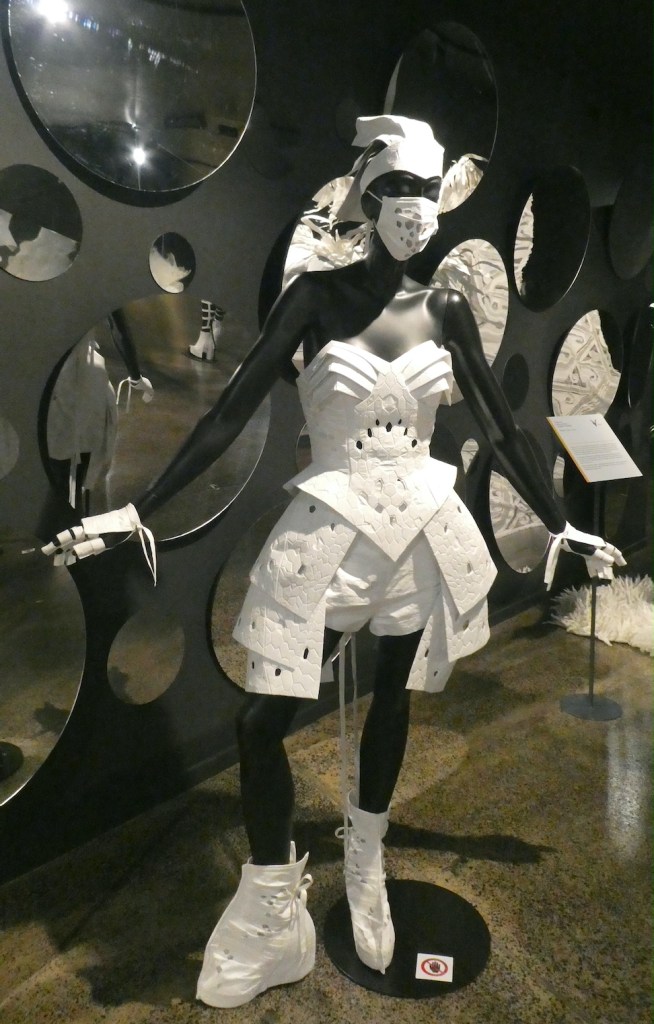
This gorgeous garment by Galina Mihaleva (Singapore) is fabricated from polyester, plastic and sequins. Losing Touch? represents the uncertainties facing nature.


On a similar theme, Erica Gray (Australia) has used plastic and fabric for Face Coral, reflecting the underwater species stripped of vibrancy and colour.
Although many of the pieces on display are stretching the concept of ‘wearable’, I feel this would be particularly challenging. Ruth Arkless (NZ) has used cotton, tulle, mesh and sequins to create Cultural Peak, expressing the strength of the country’s heritage, casting large shadows and reaching new heights.

Taking ‘wearable’ to the extreme, the Bizarre Bra Section showcases some outrageous examples that have been entered in the competition over the years.

Paying homage to a typical Kiwi breakfast, Fried Eggs made from rubber adorn toast formed with painted sponges. Kelsey Roderick and Rhys Richards (NZ) cleverly added straps constructed from cutlery.


The oldest recorded ‘National Flower’, the Scottish thistle, inspired Lyndal Linton’s (NZ) EdinBra.

A less sedate, carnivorous tropical plant motivated Leon Vaz and Noel Braganza (India) for their colourful Venus Fly Trap.
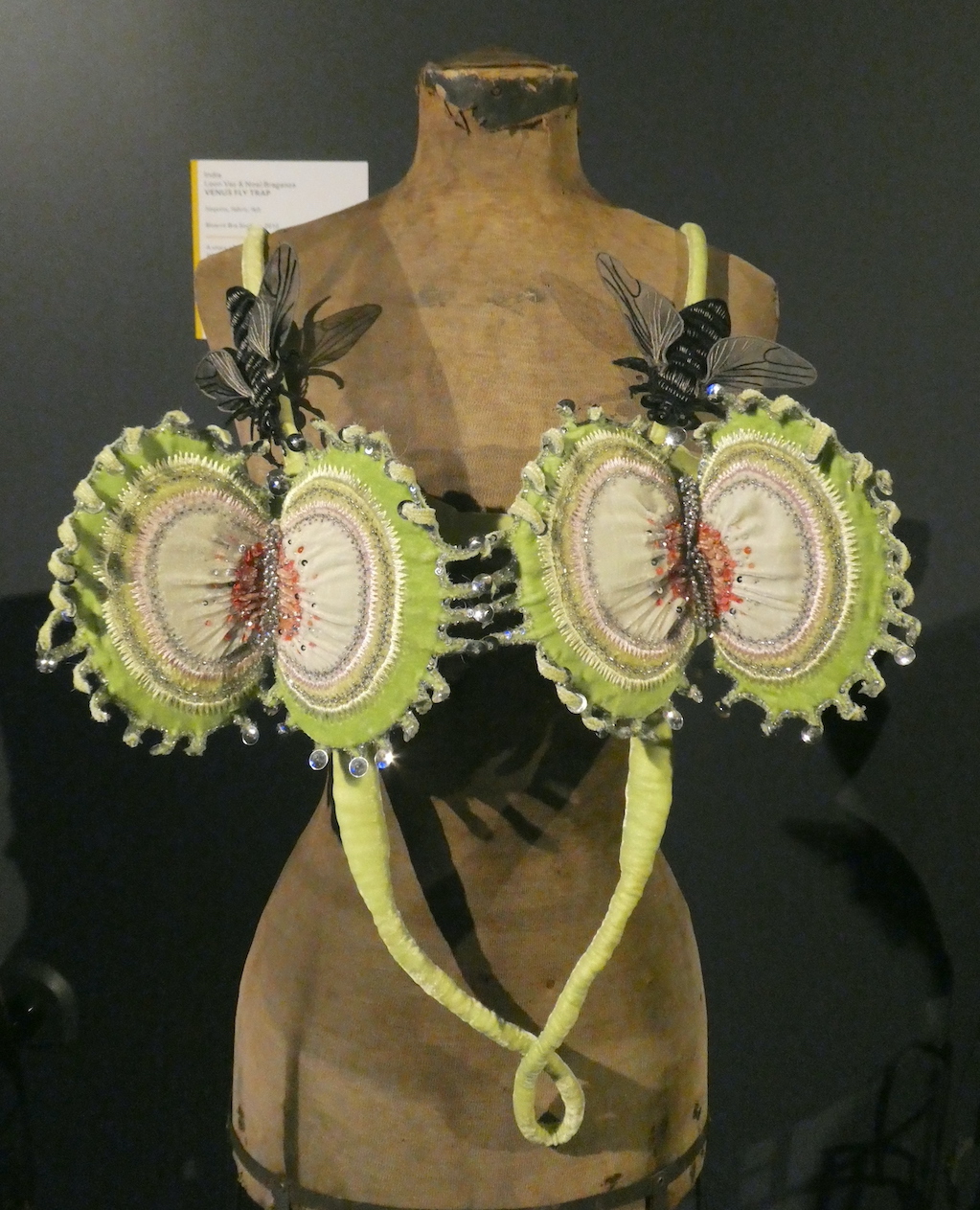

Alexa Cach, Miodrag Guberinic and Corey Gomes (USA) combined hand-painted Cicadas, brass leaves, Italian leather, faceted crystals, epoxy and wire for their golden Renewal entry.


Stainless steel was the material of choice for the arachnoid creation, Miss Muffet, by Bikramjit Bhowmick and Sangeeta Patra (India).

Mark Crocker (NZ) found a use for teapots, bicycle parts, egg cups, kitchen utensils, leather belts, fabric and rivets for his painfully titled Grinder Bra.

Equally uncomfortable is Jantar Mantar by Khadimul Islam (India). I would think those parts made of iron, plastic and reflective sheets would pinch a bit.

Sebastian Denize (NZ) created Re-Decked entirely from recycled skateboards.
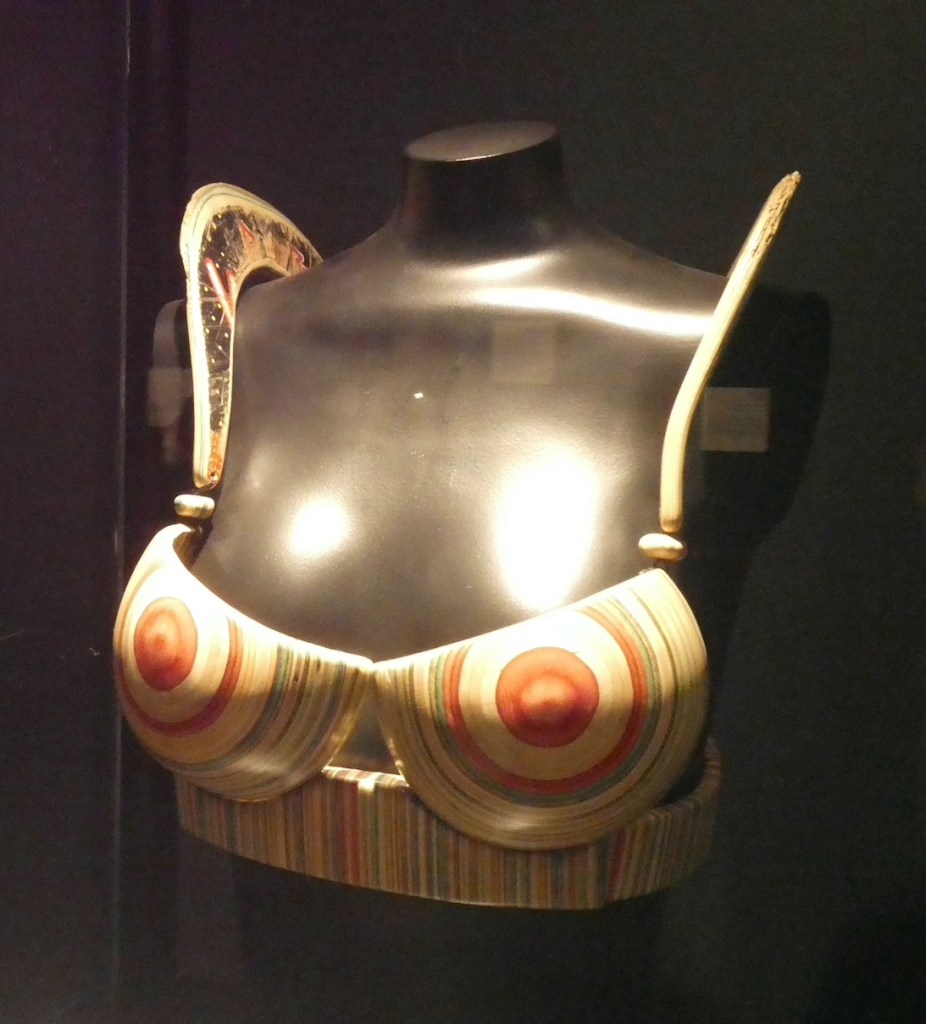
I’m not convinced that Tanya Marriott’s A Pair of Spitfires would really take off.

Denise Laurie (NZ) had to learn taxidermy to present Lunar Duo. A tribute to the possum, the unfortunate pair of road kill have been joined together with rubber from a car tyre.











